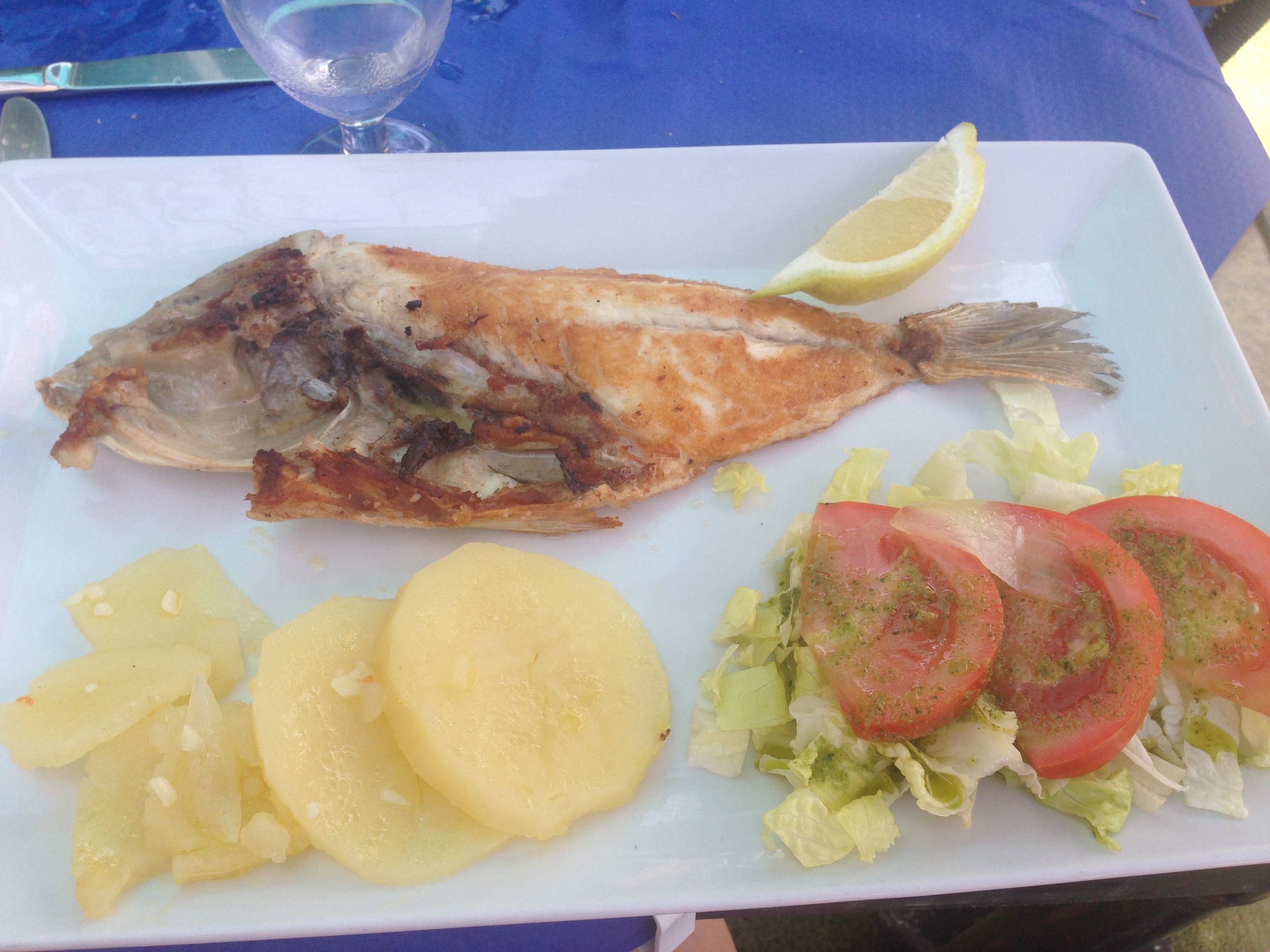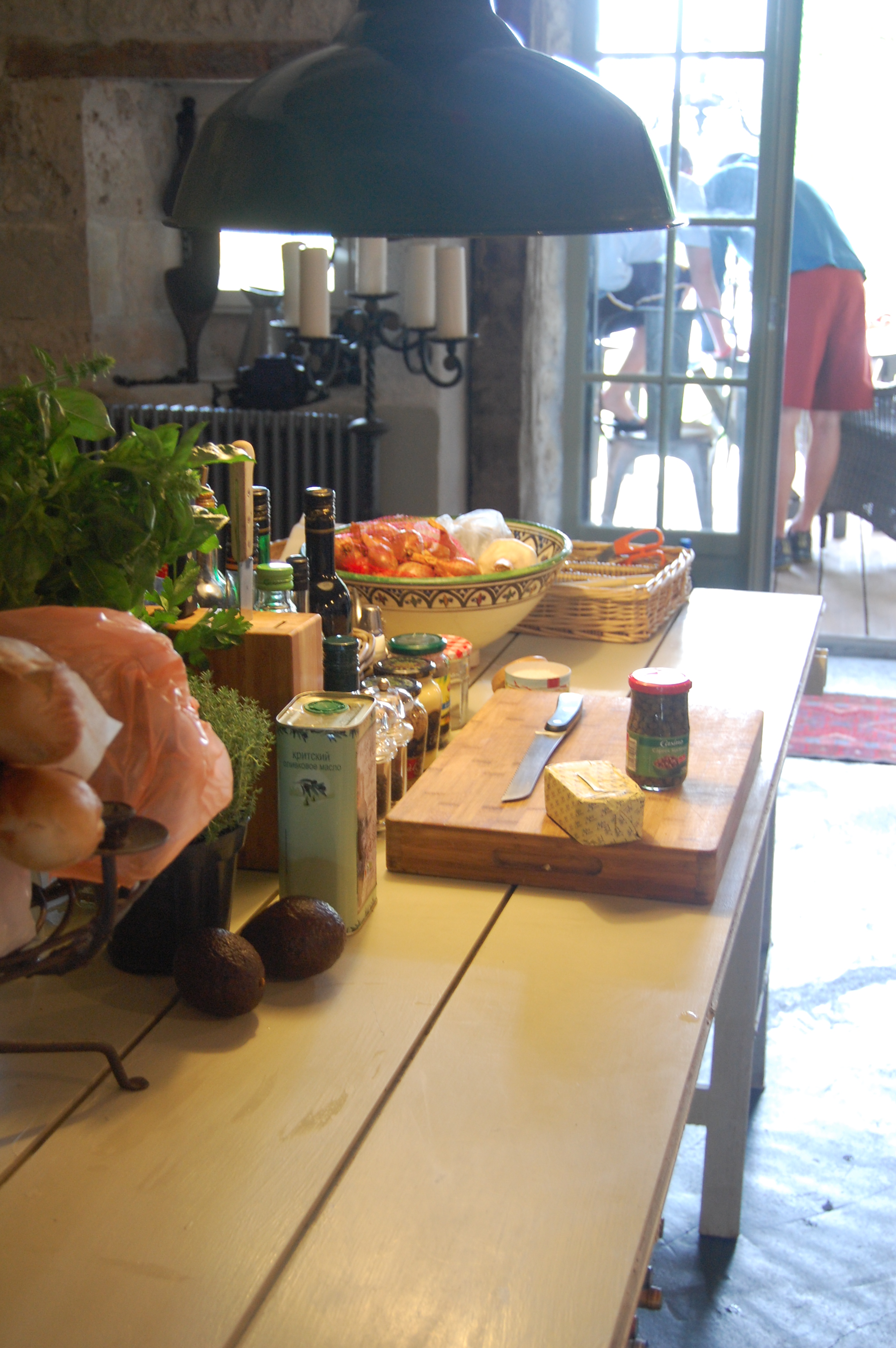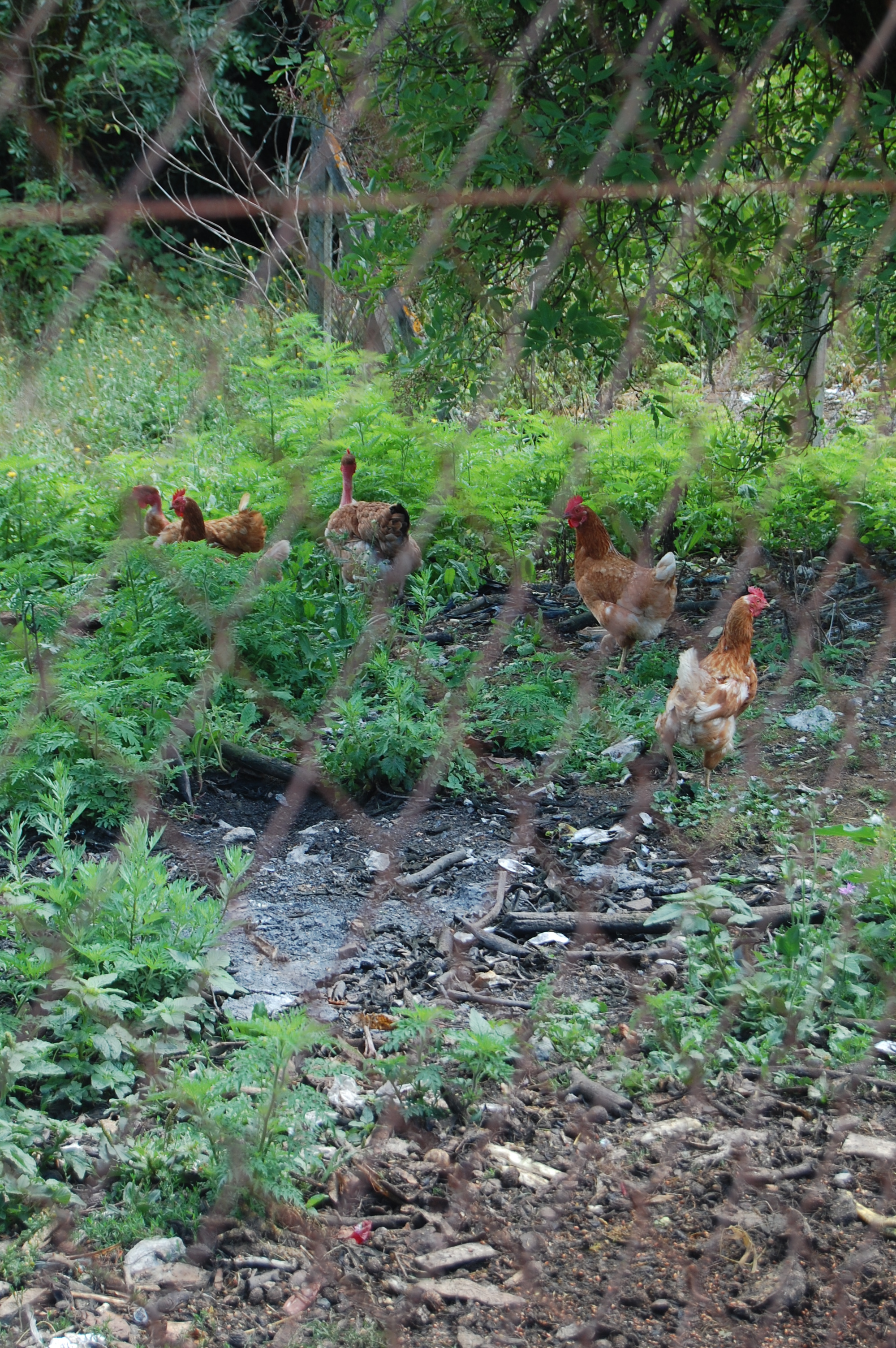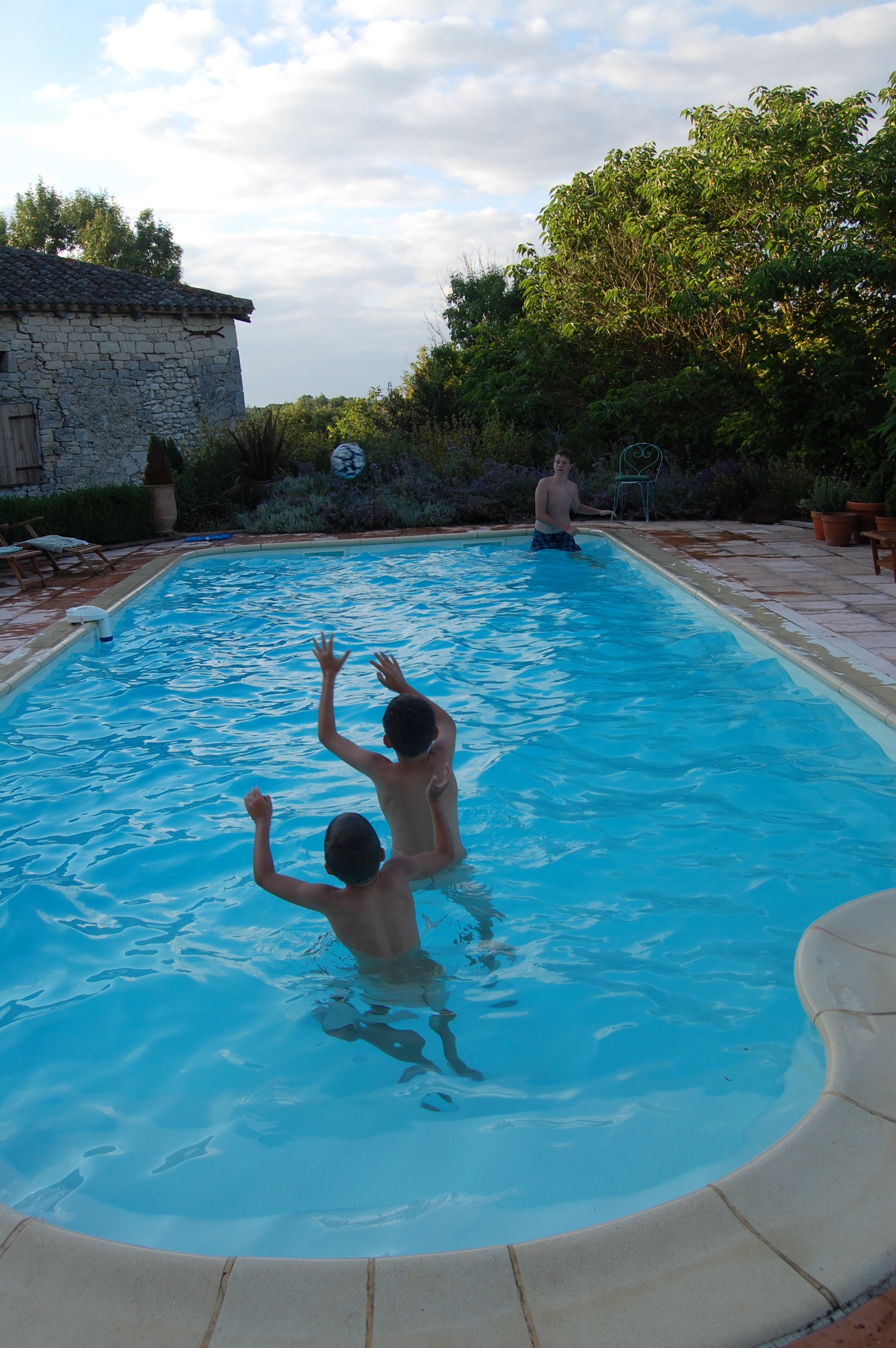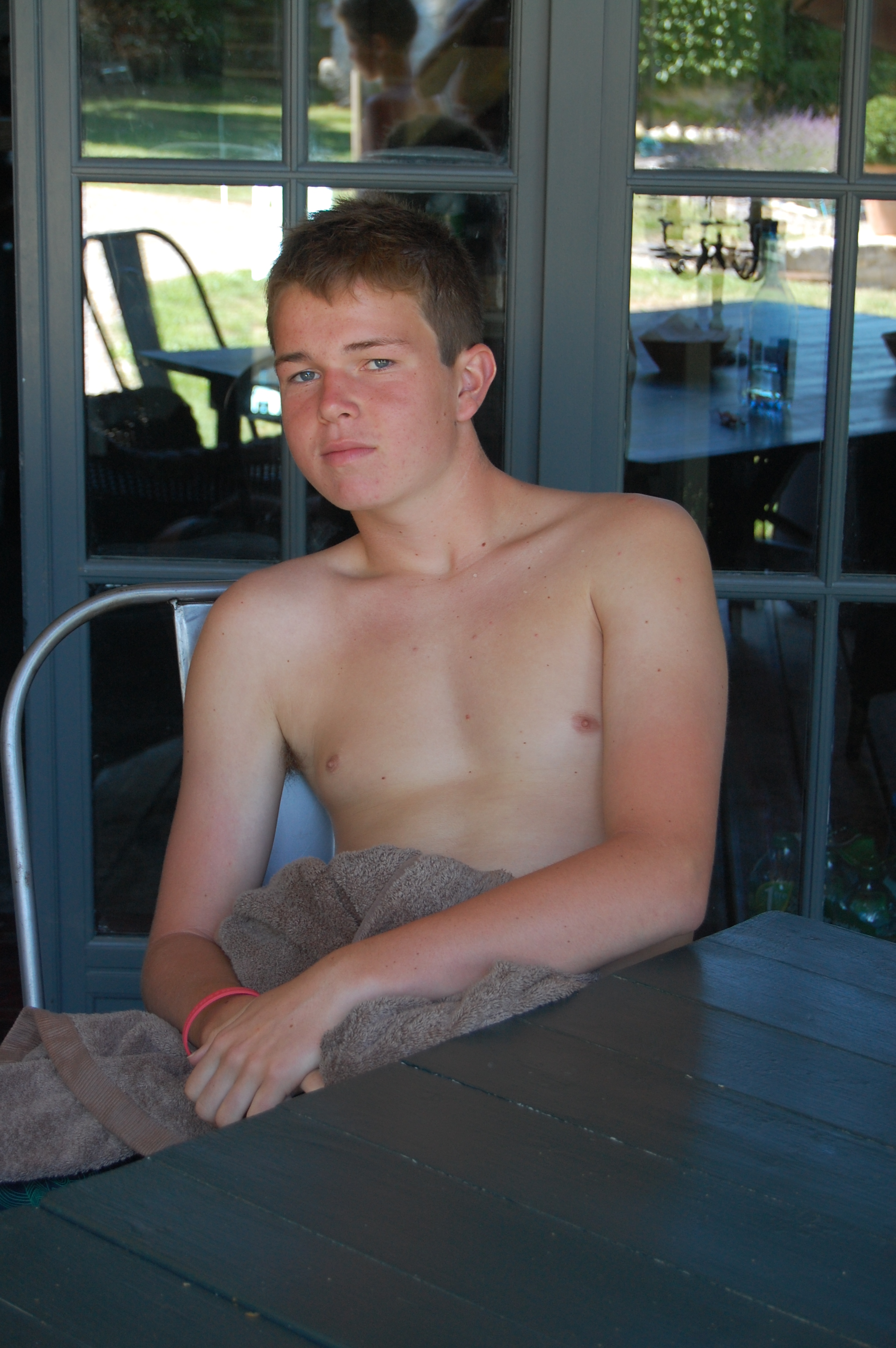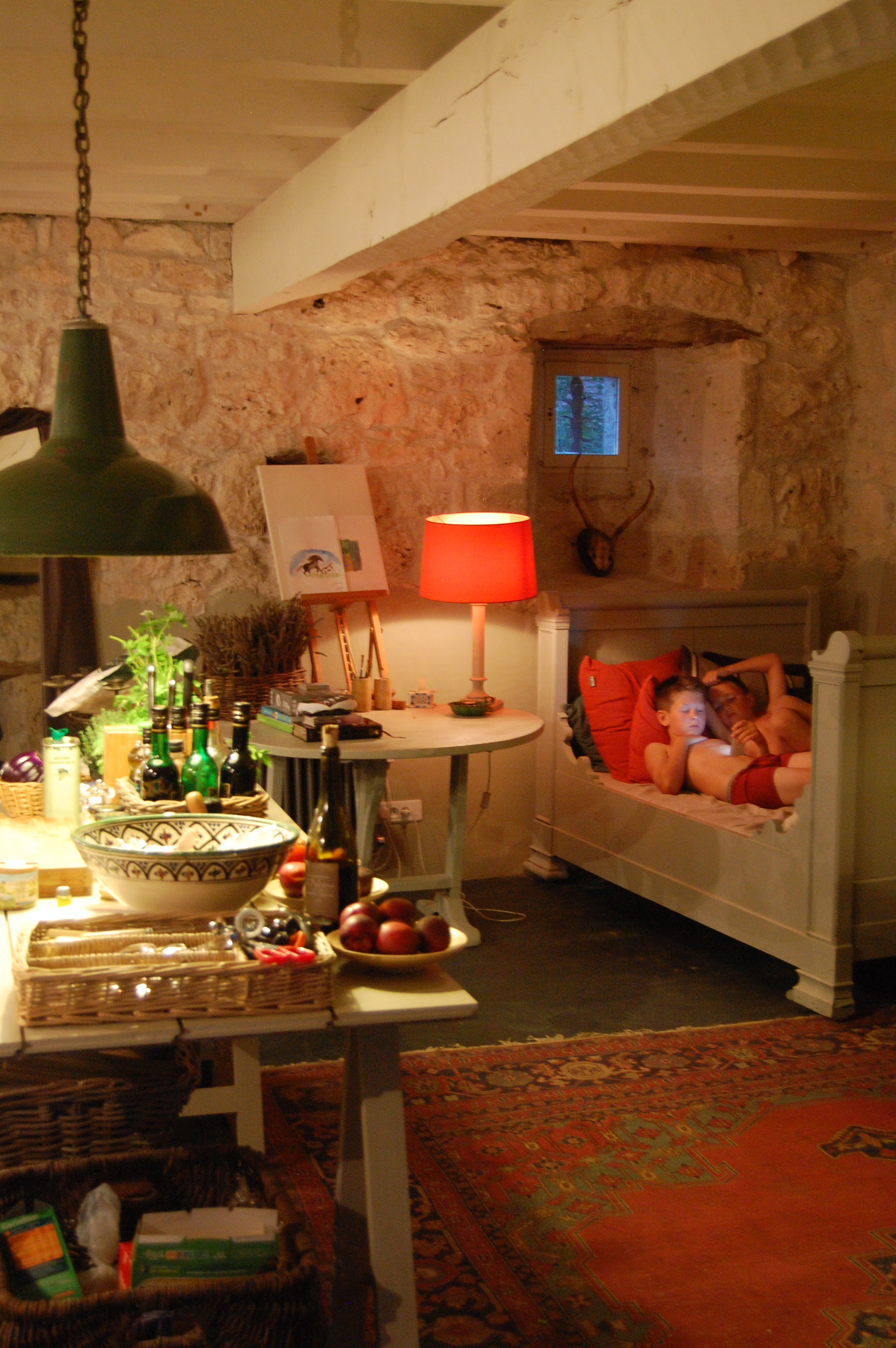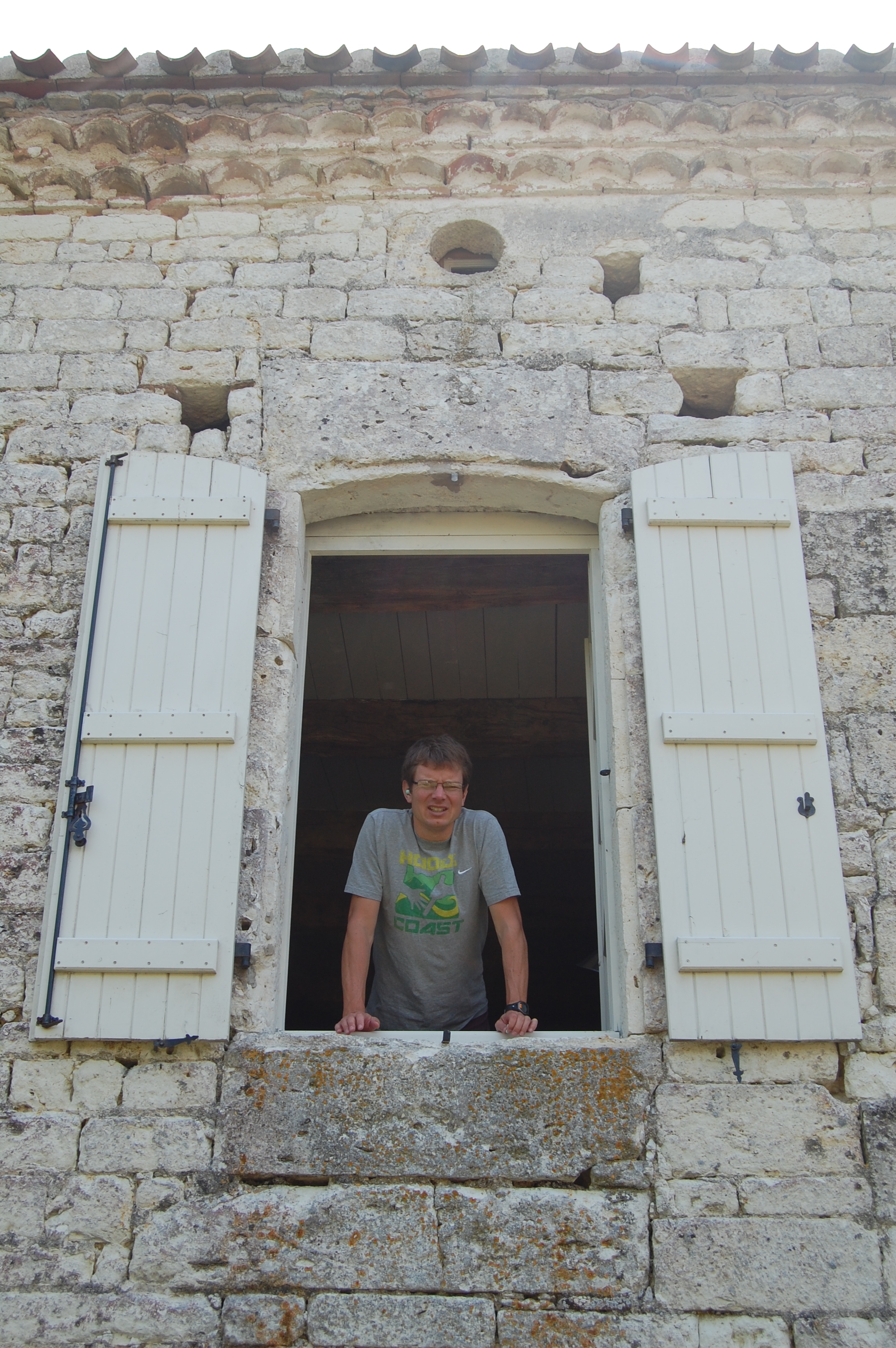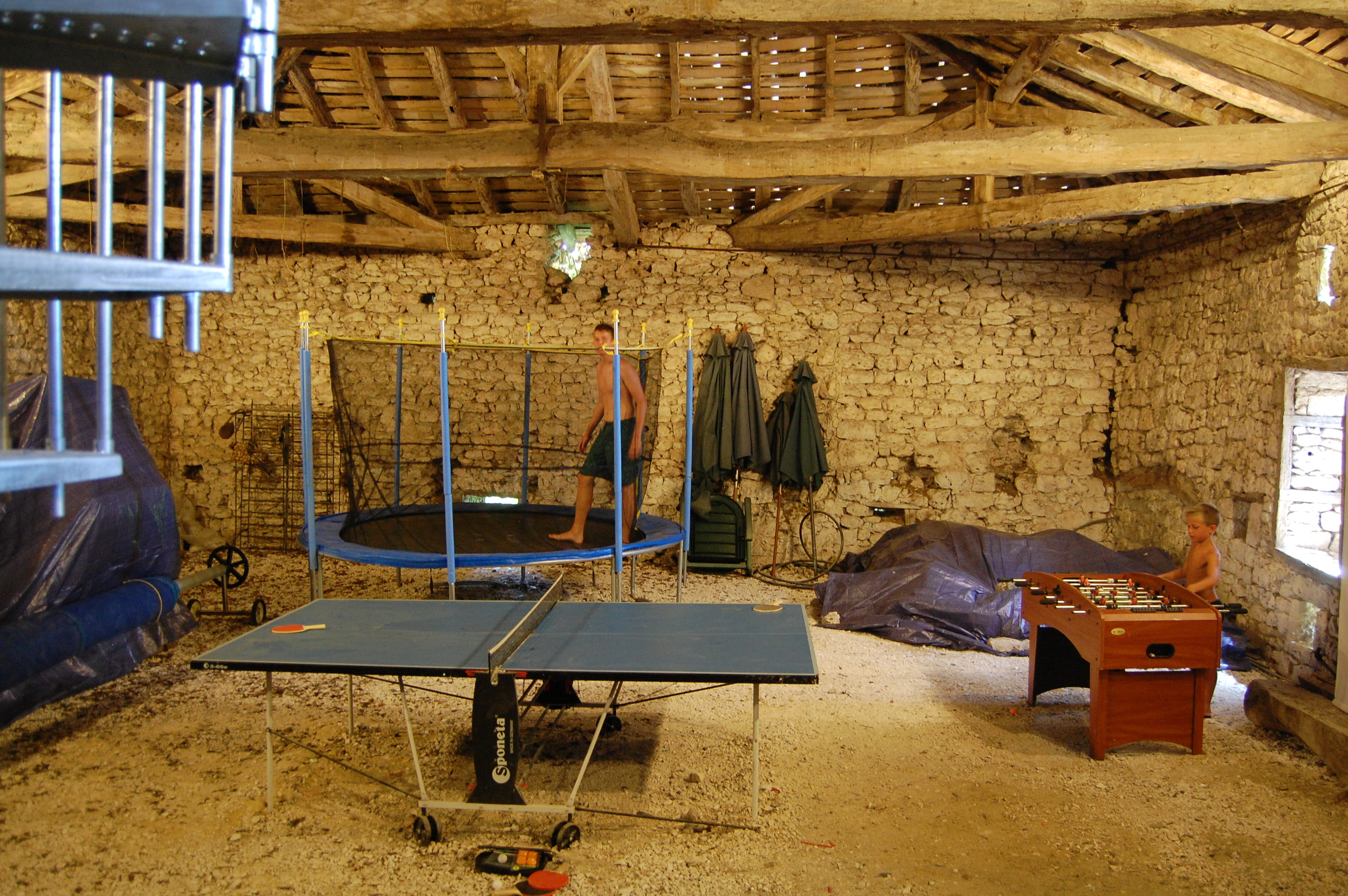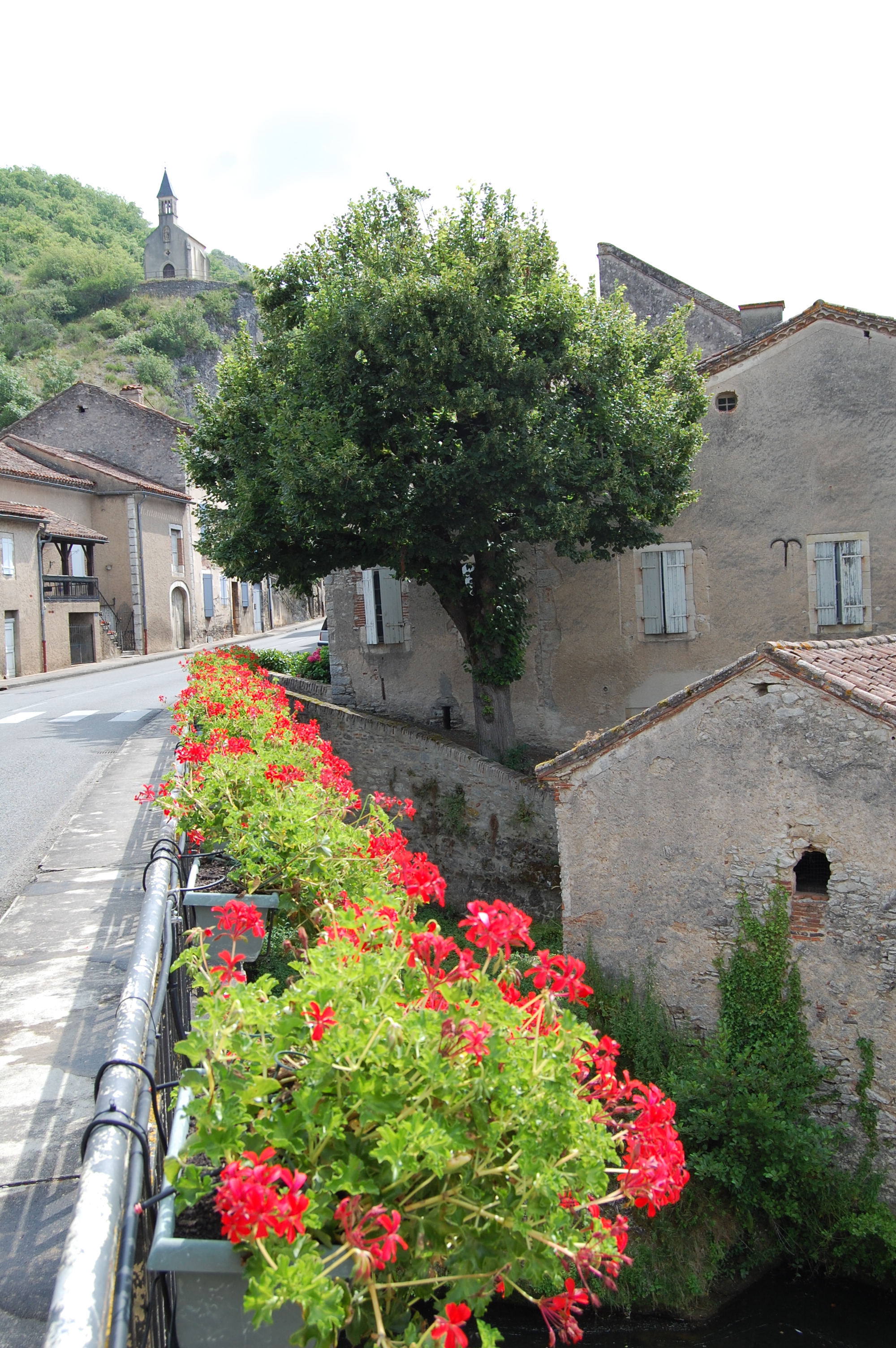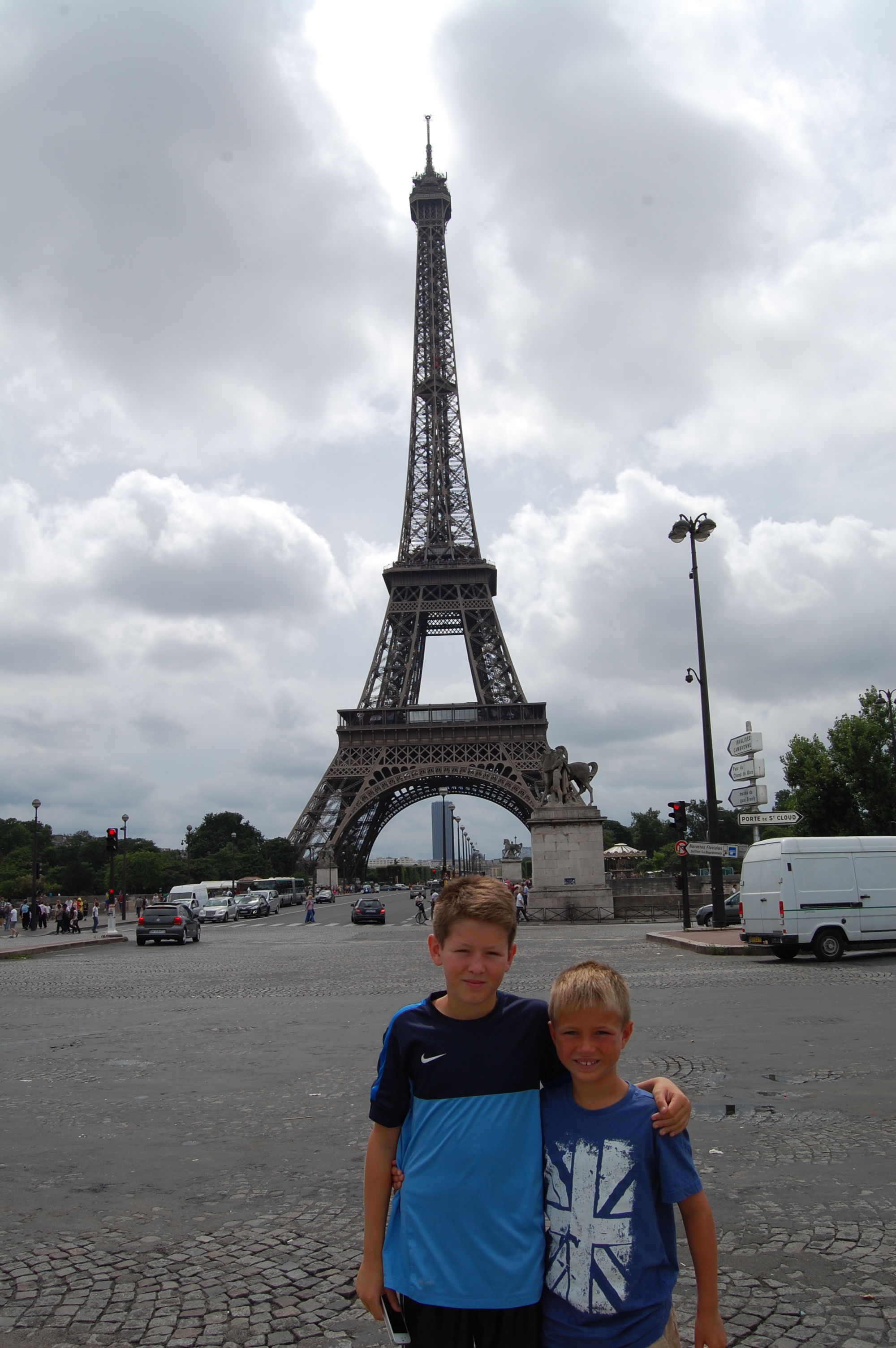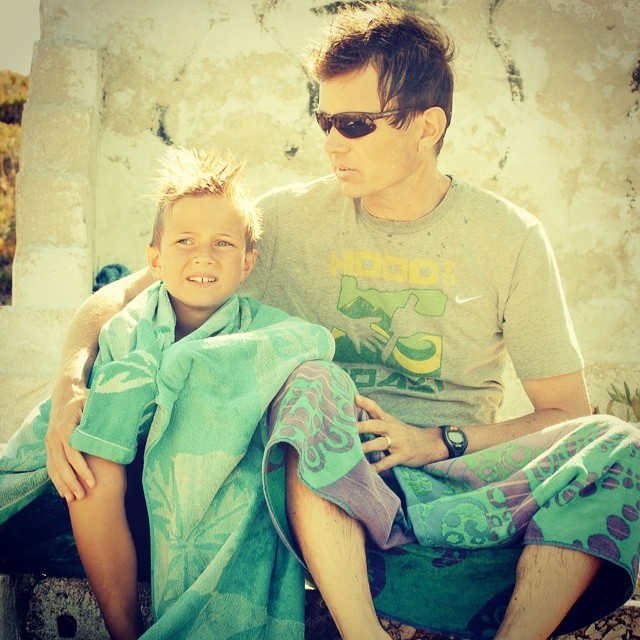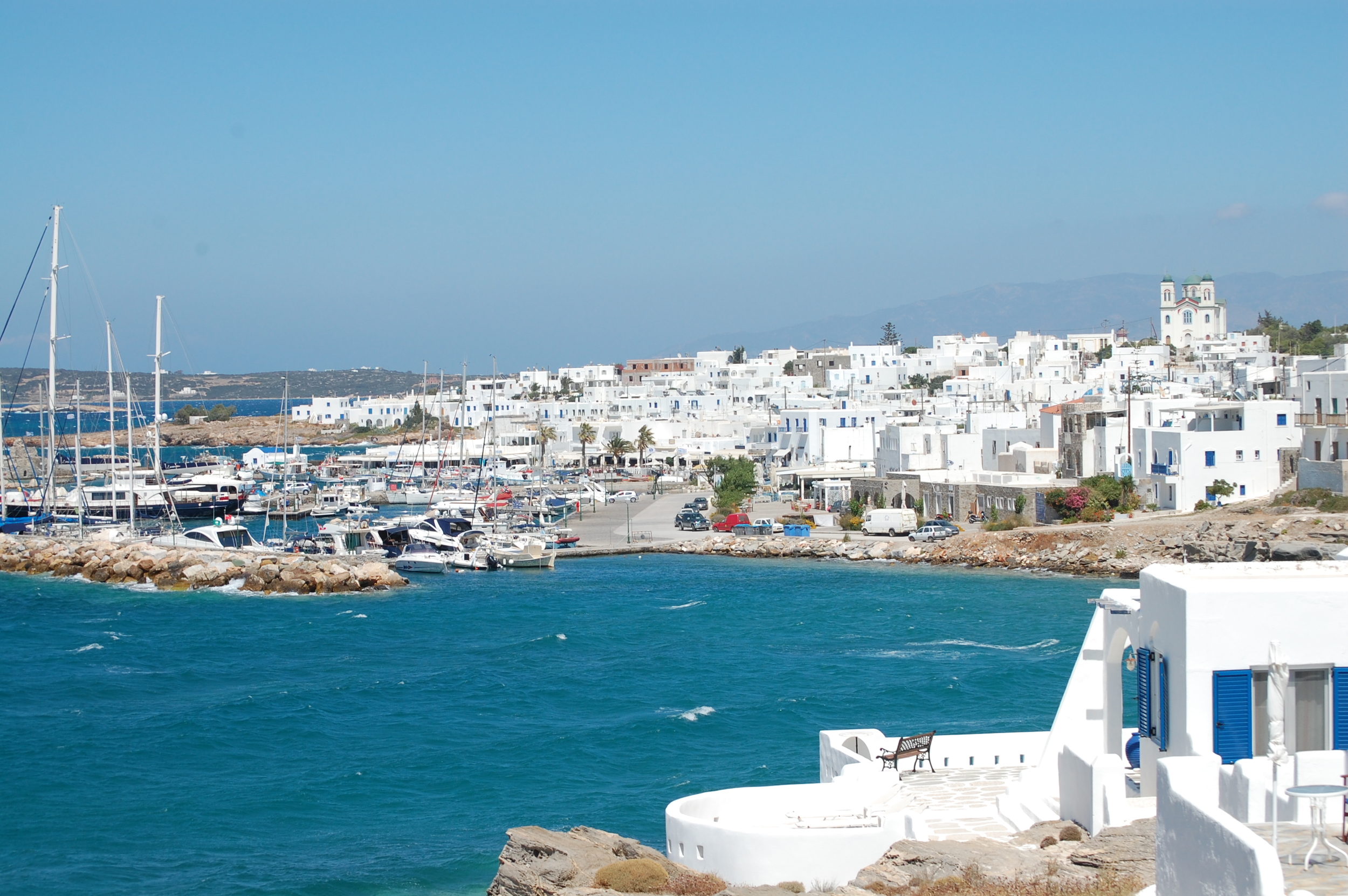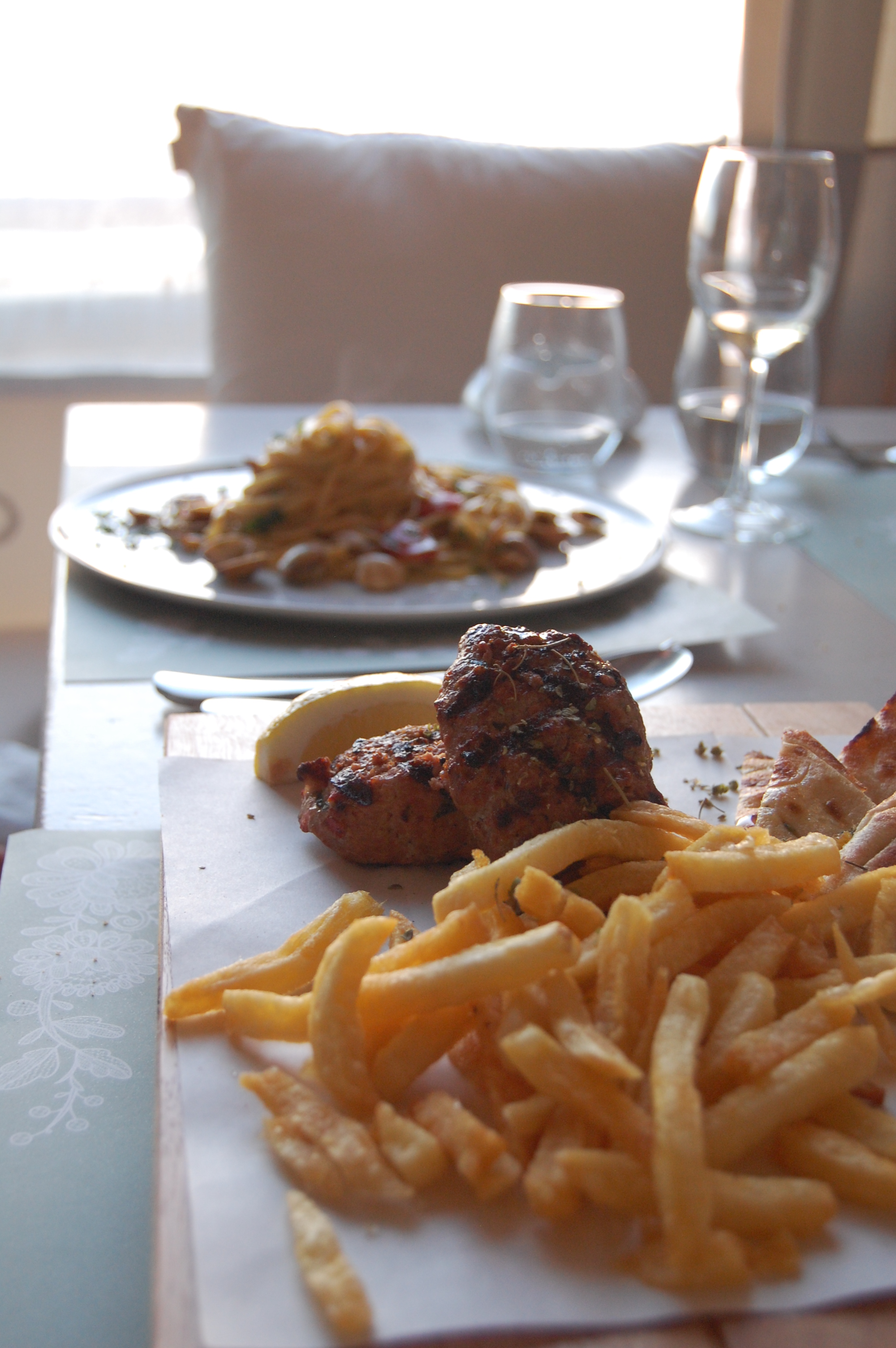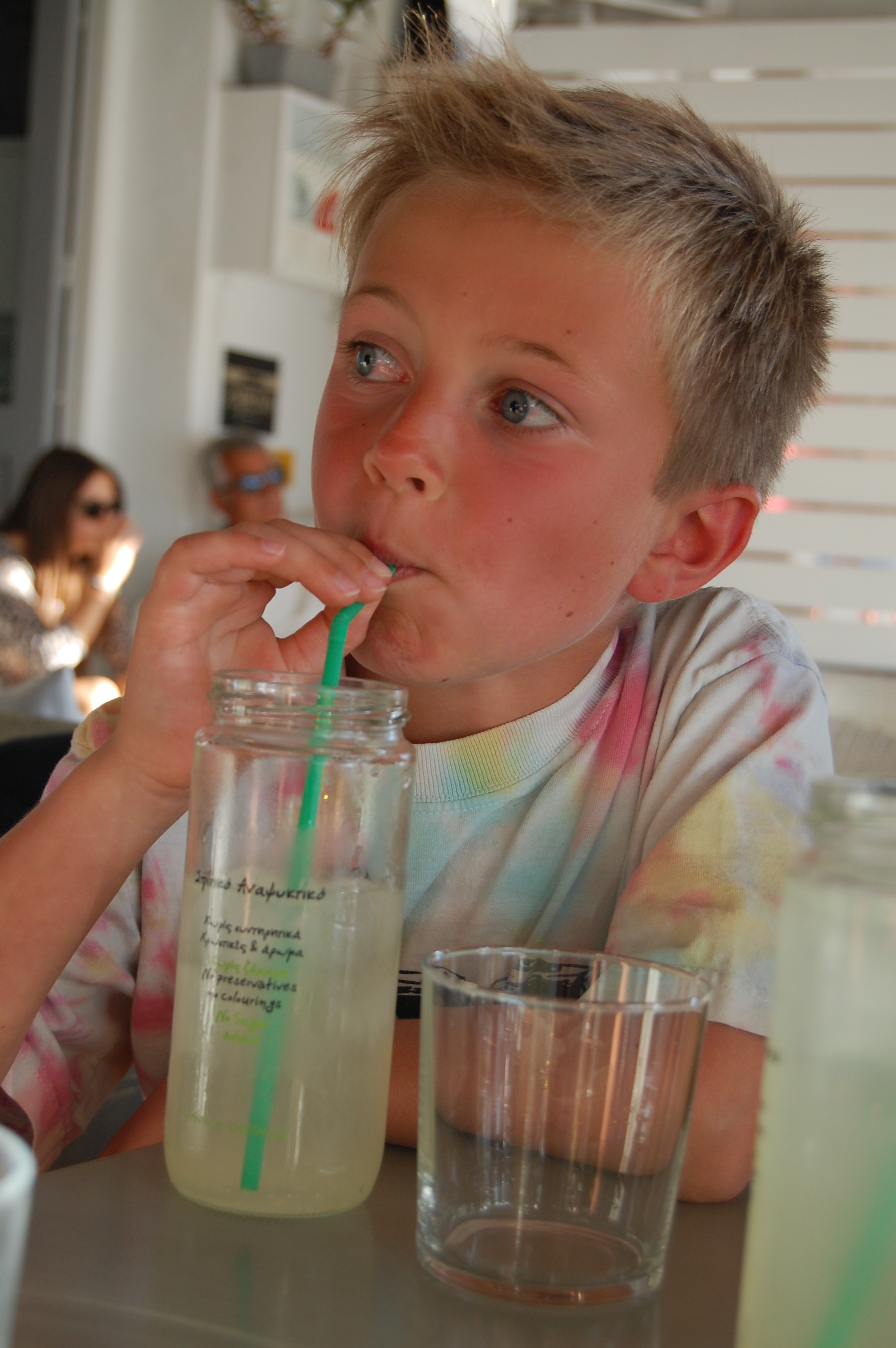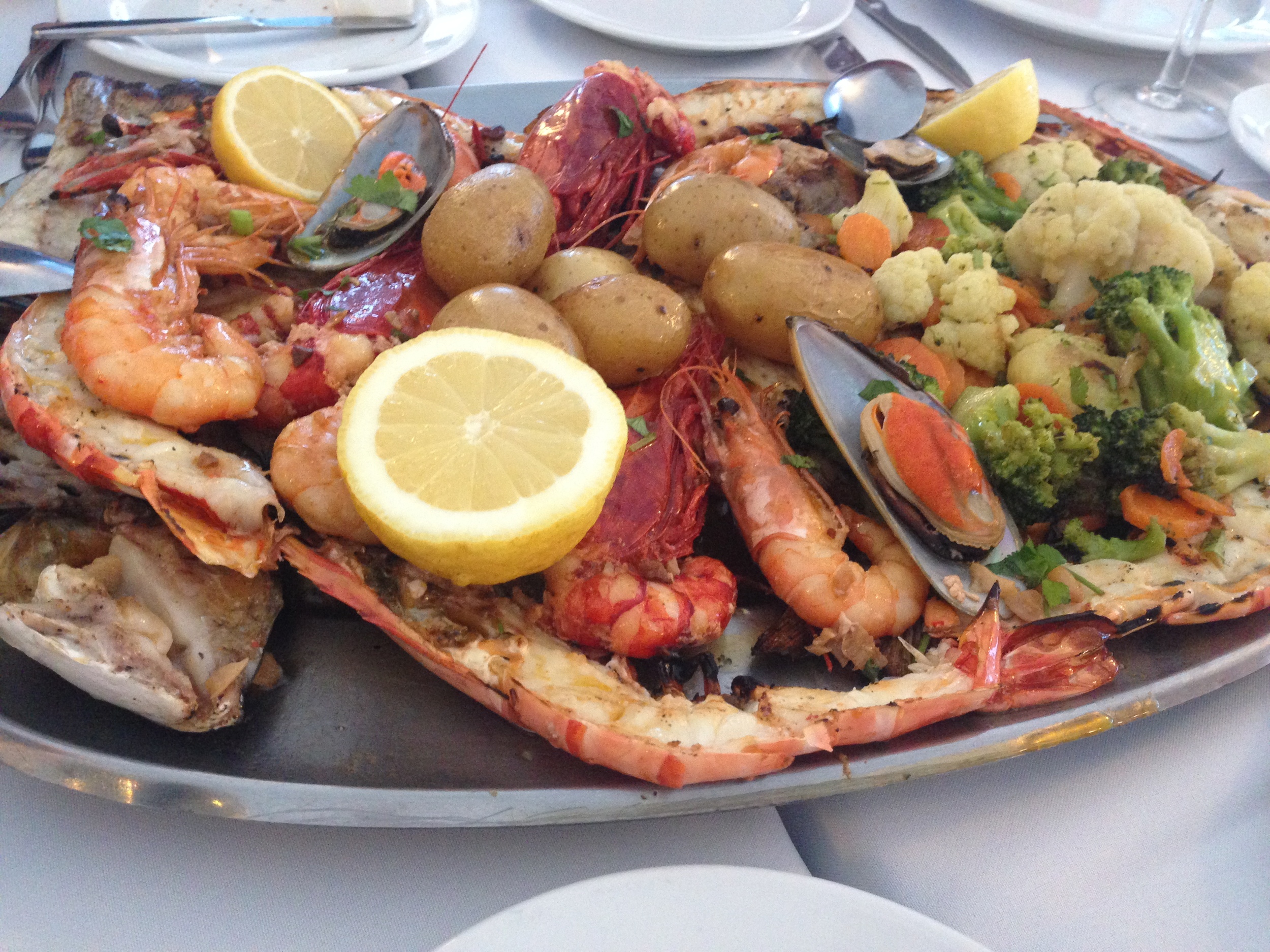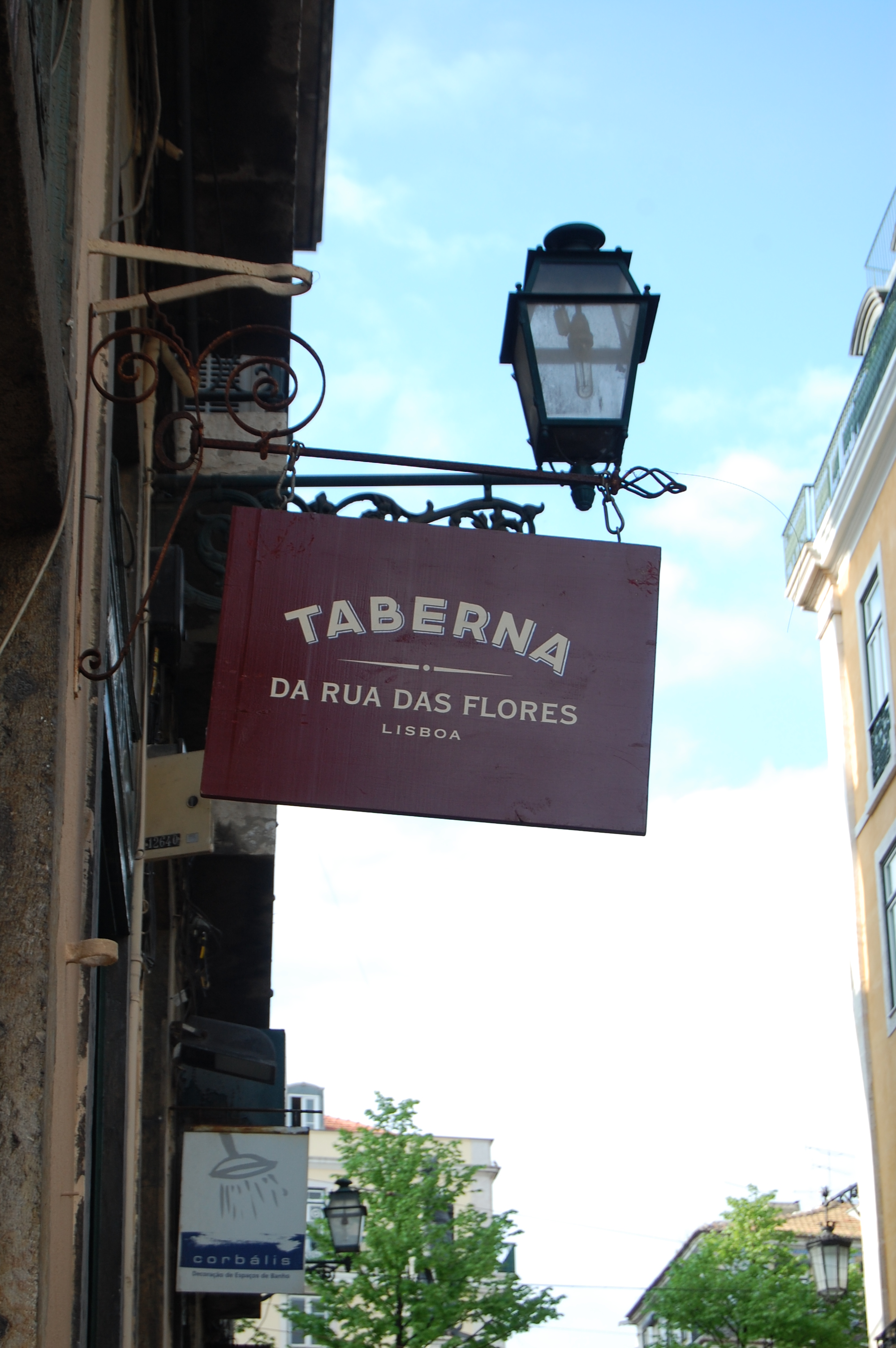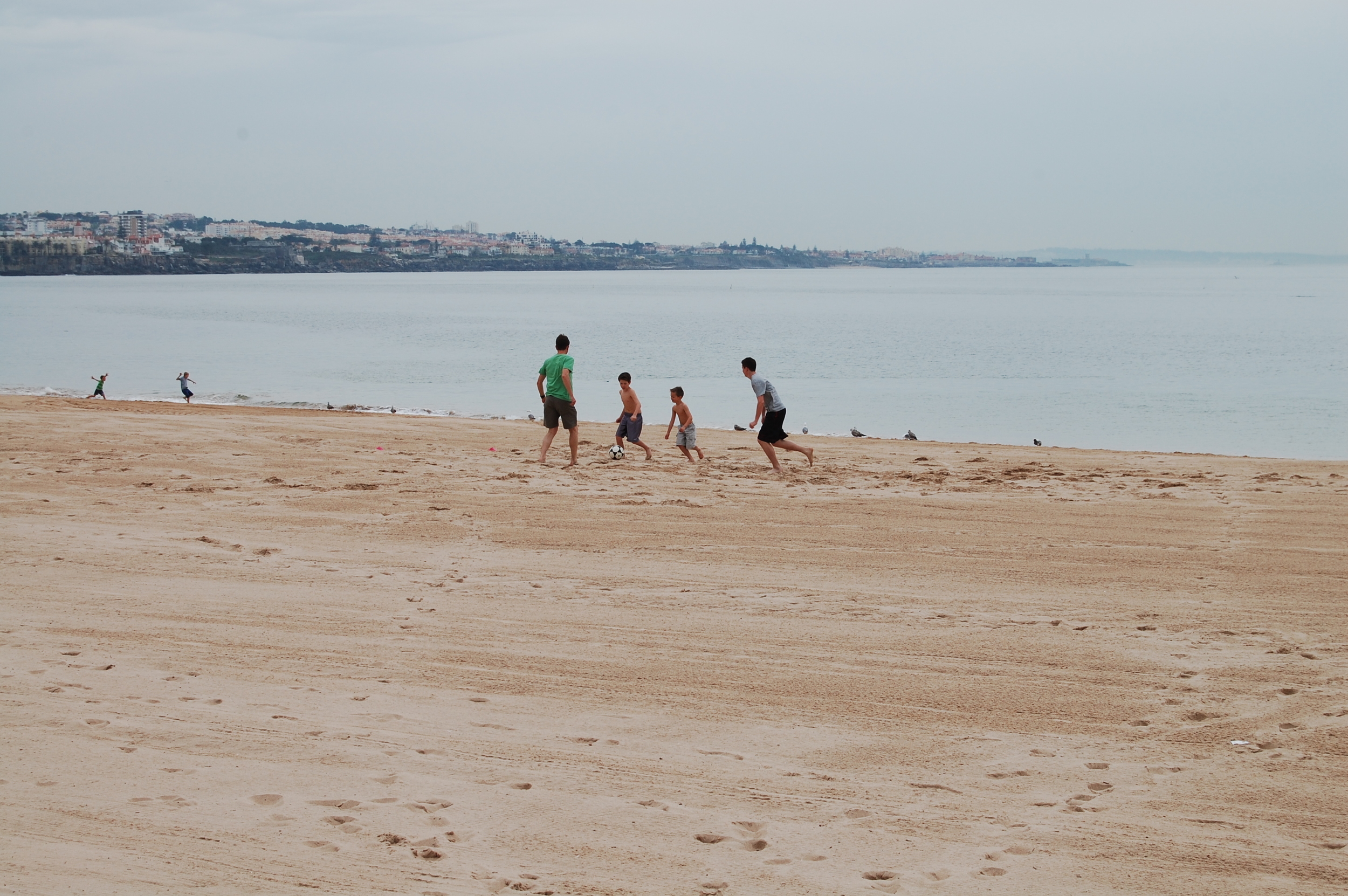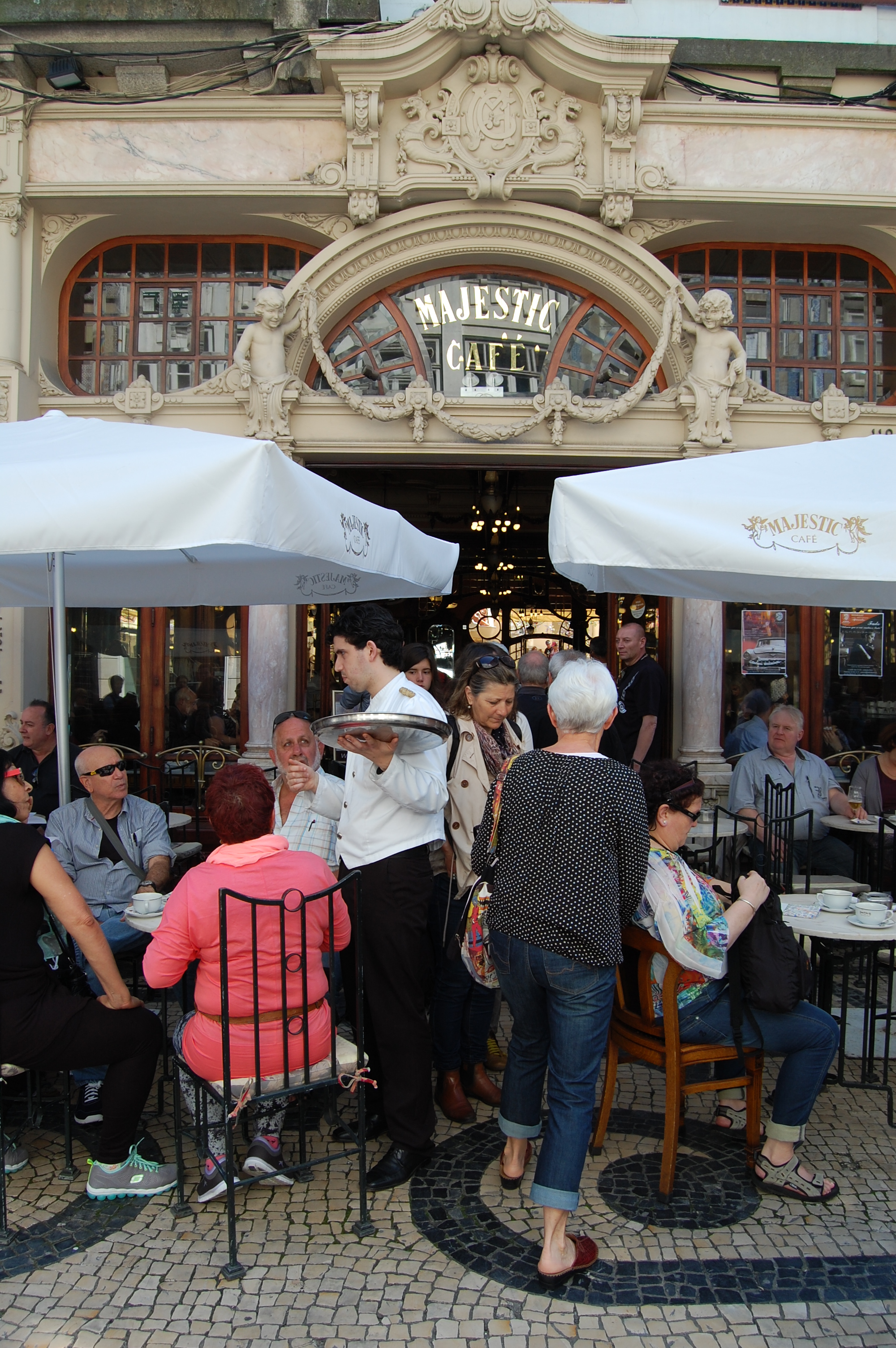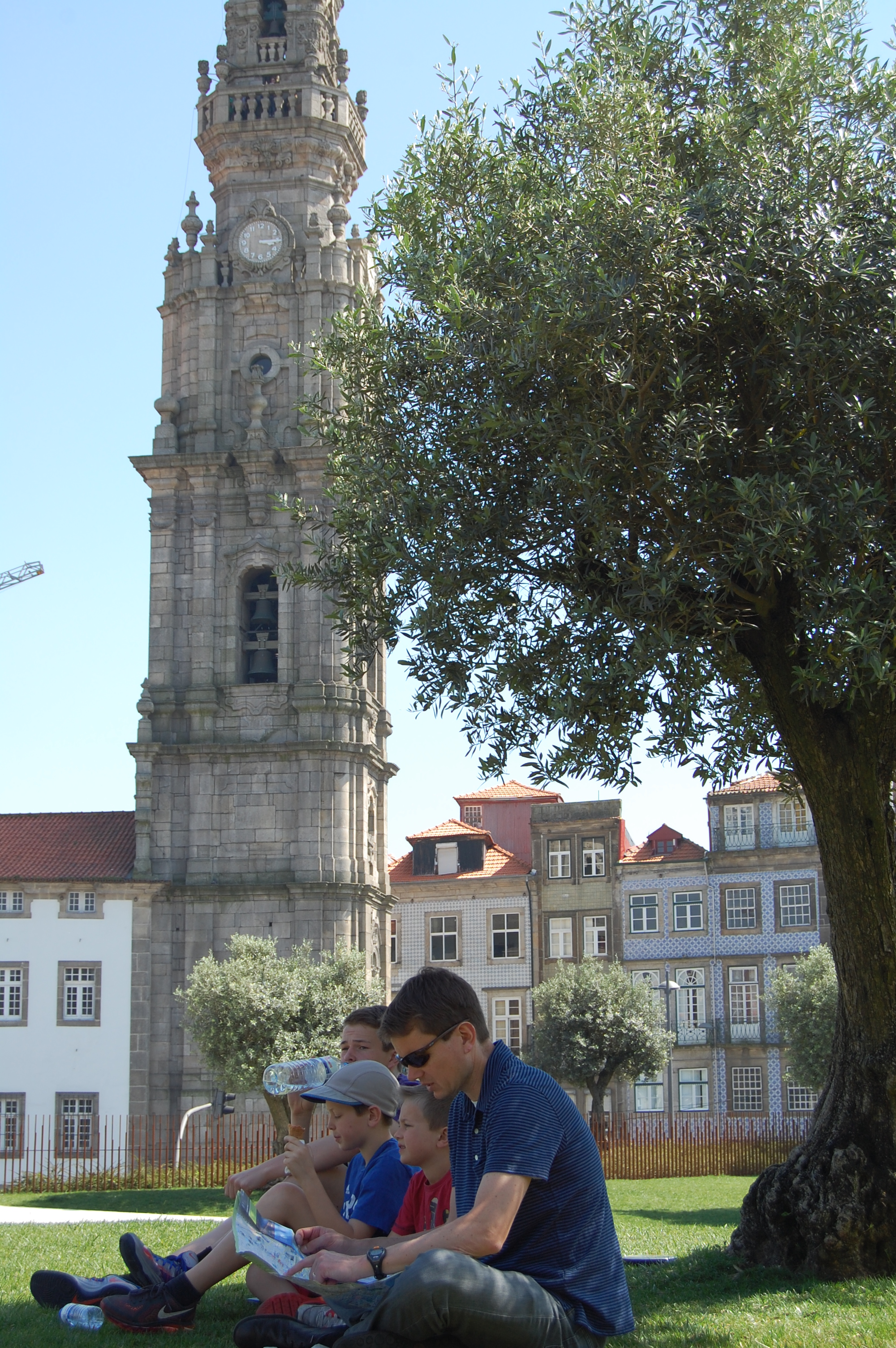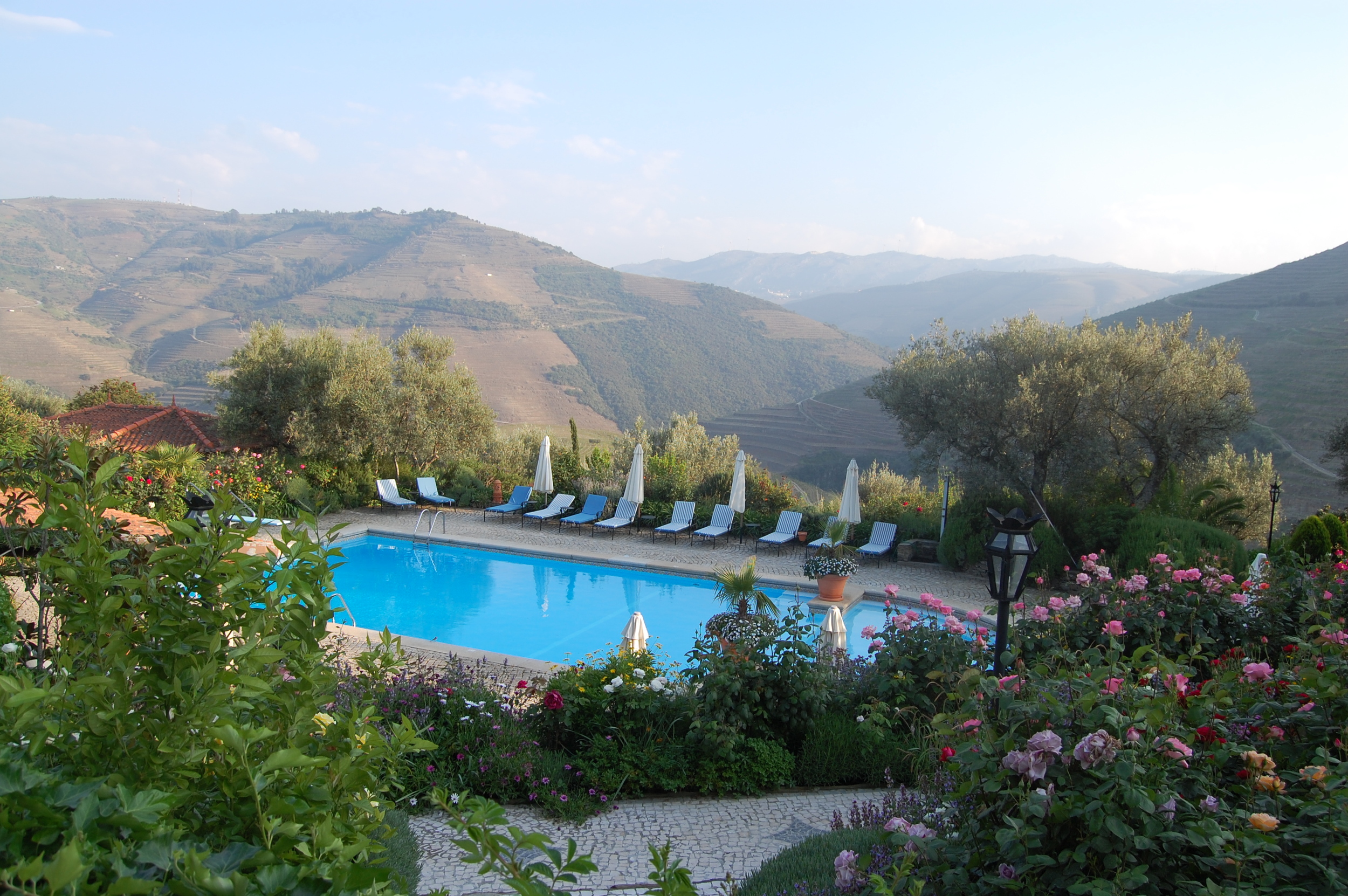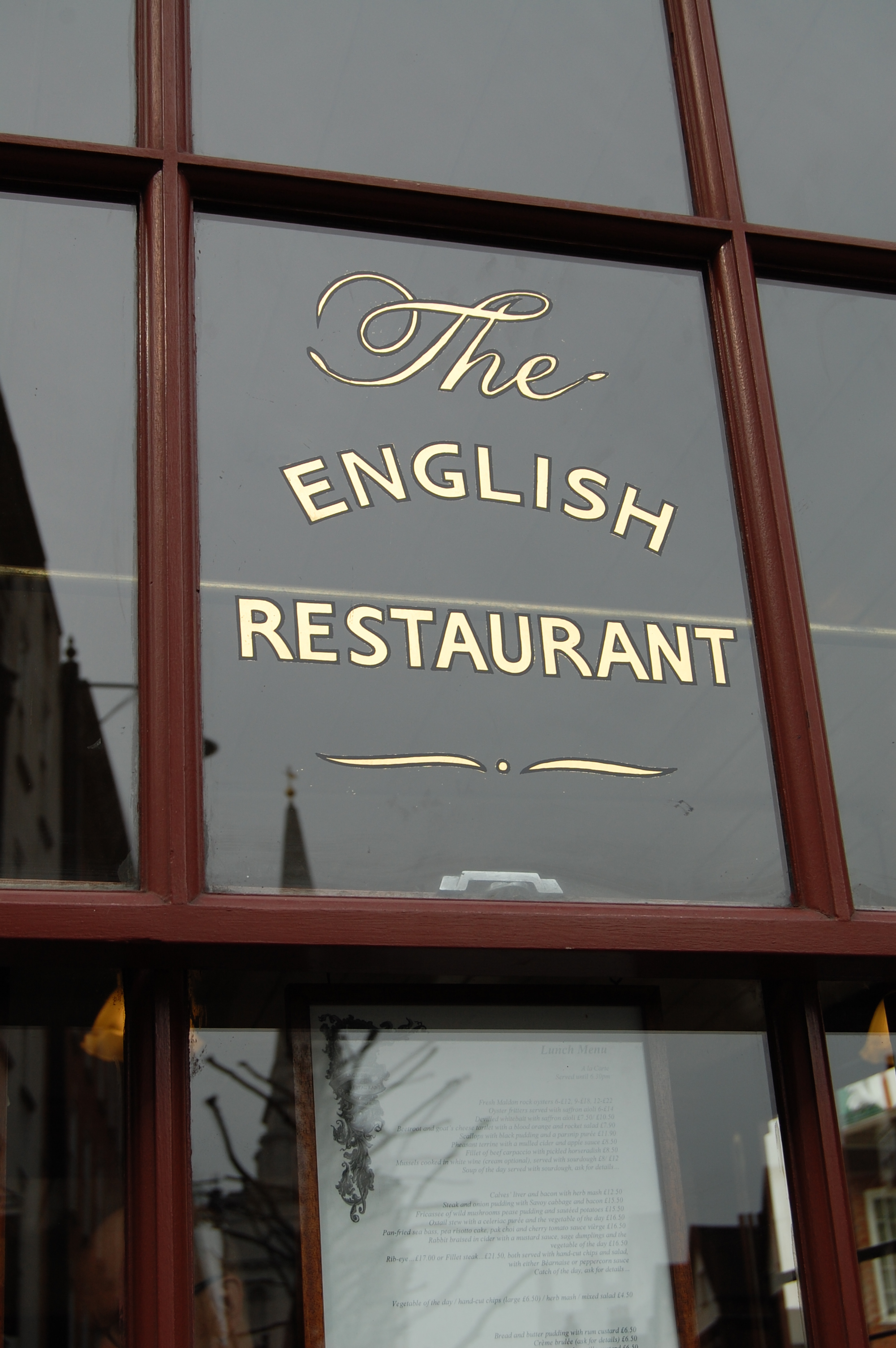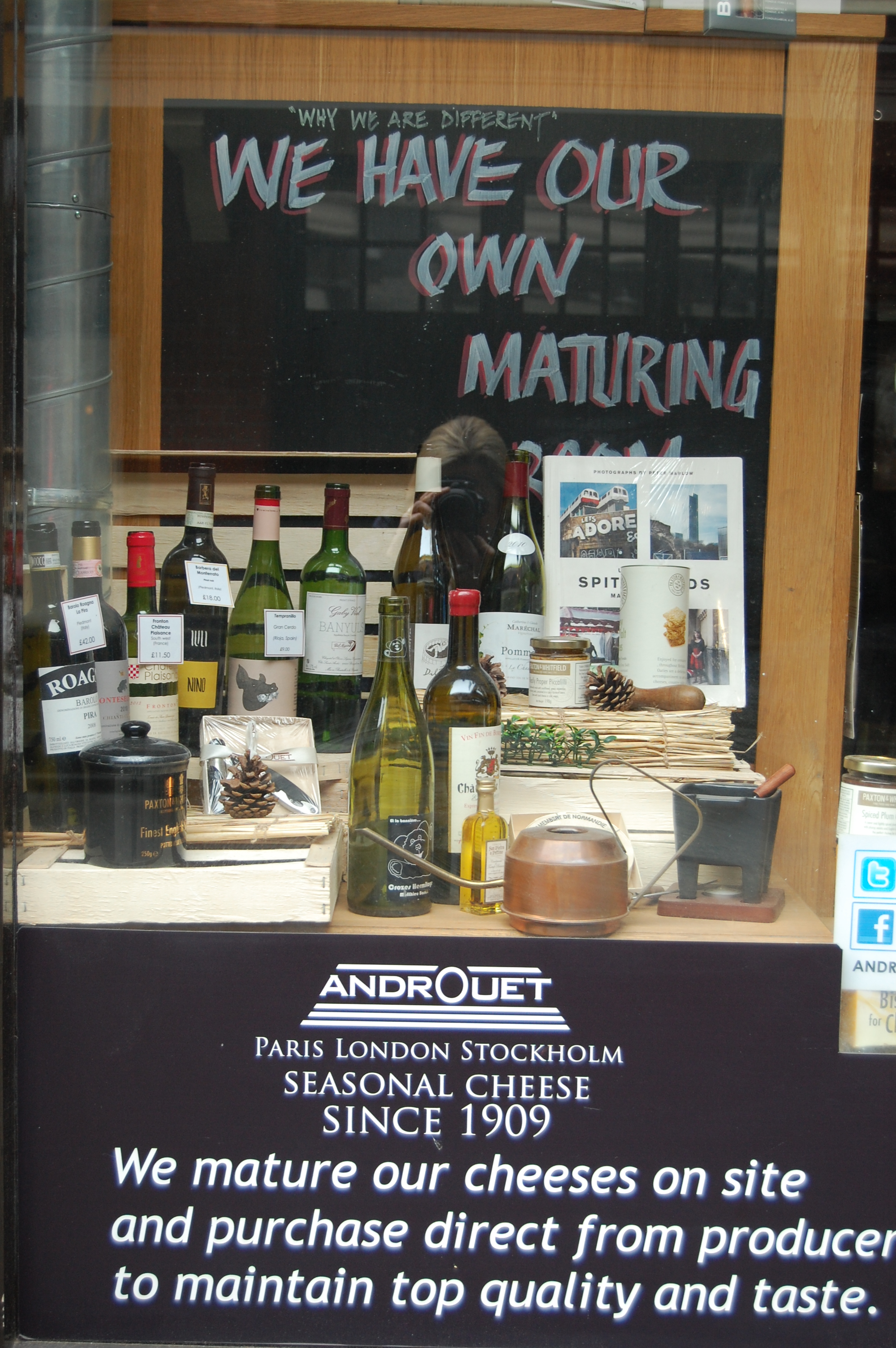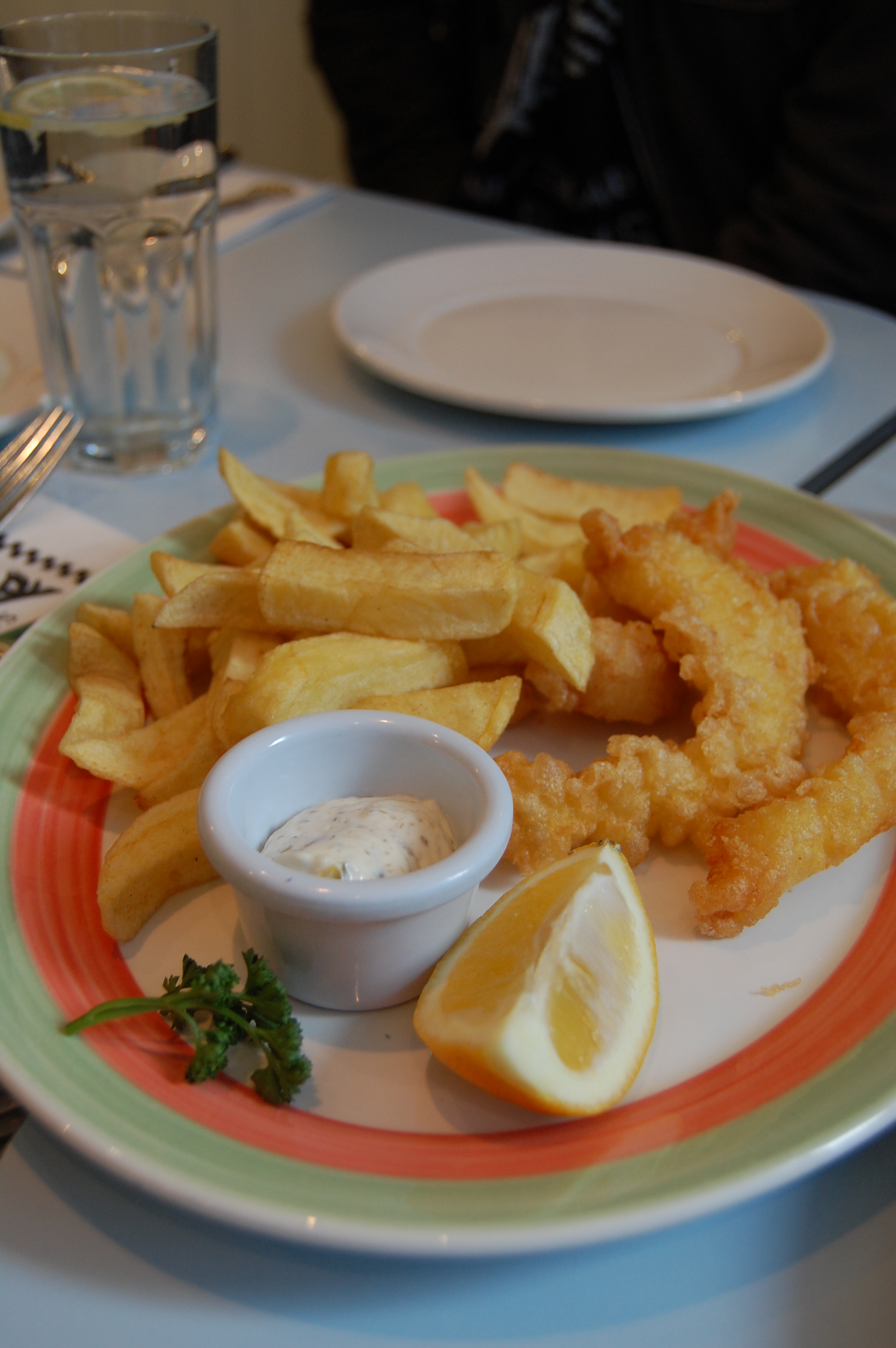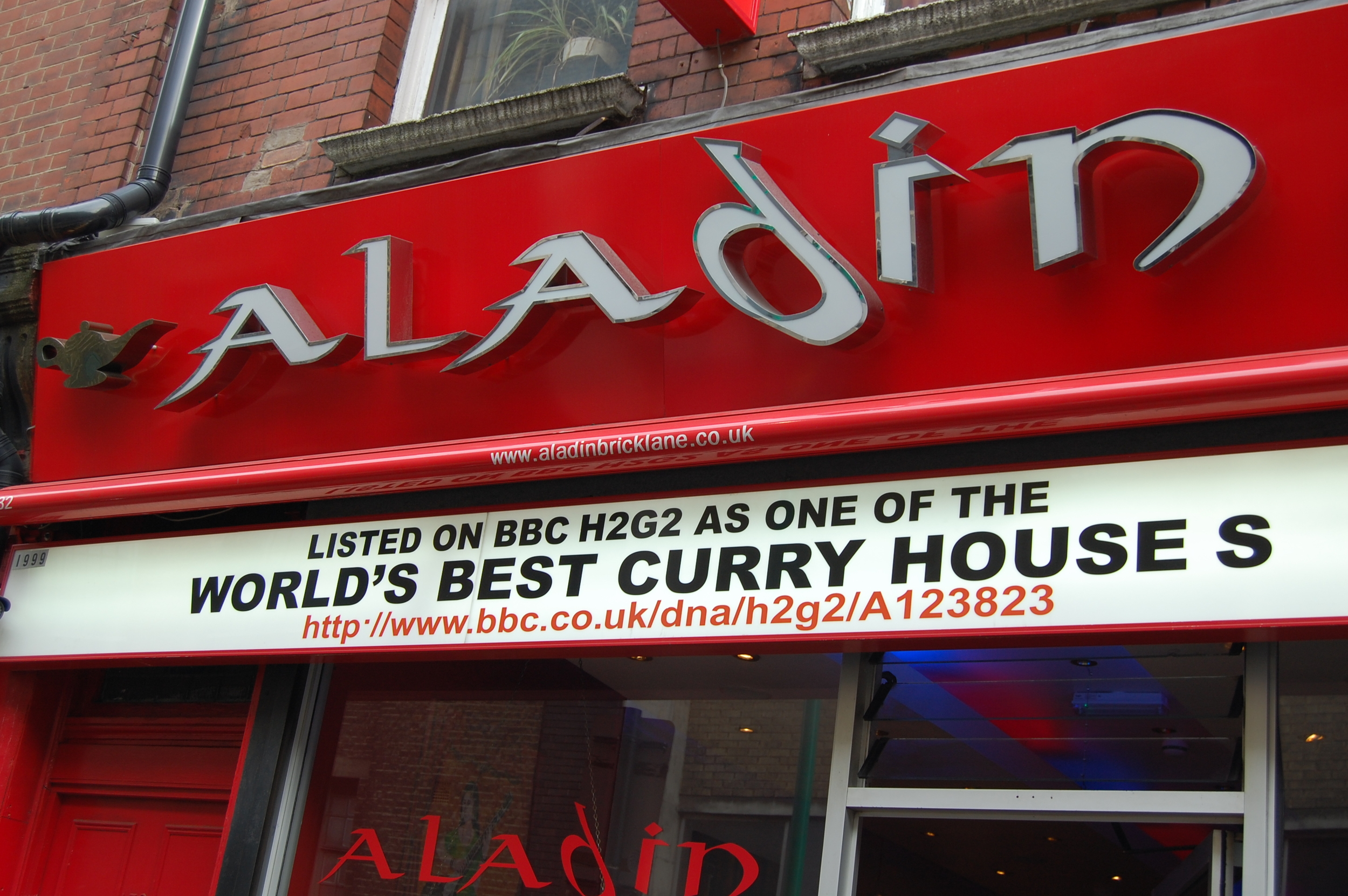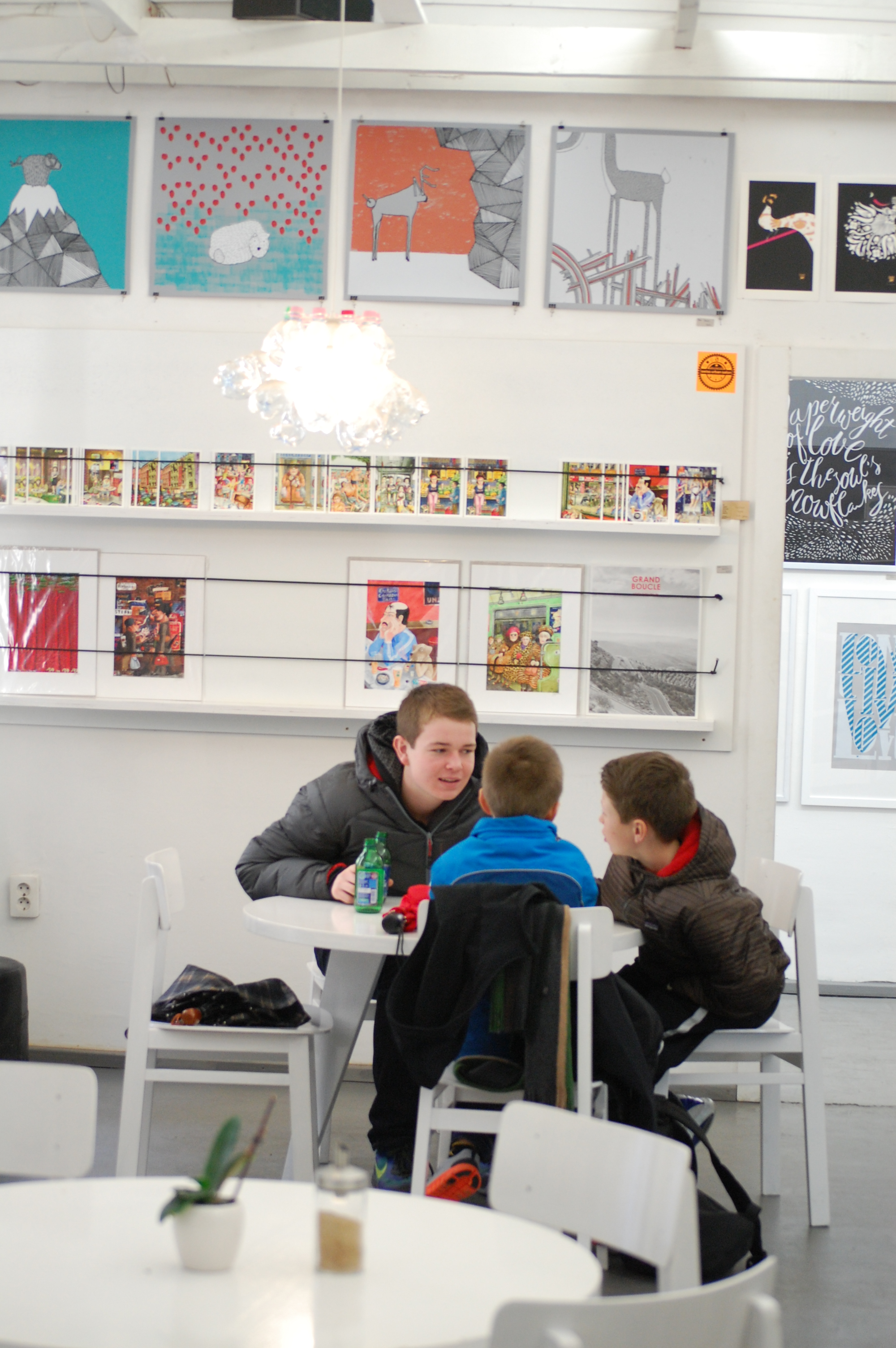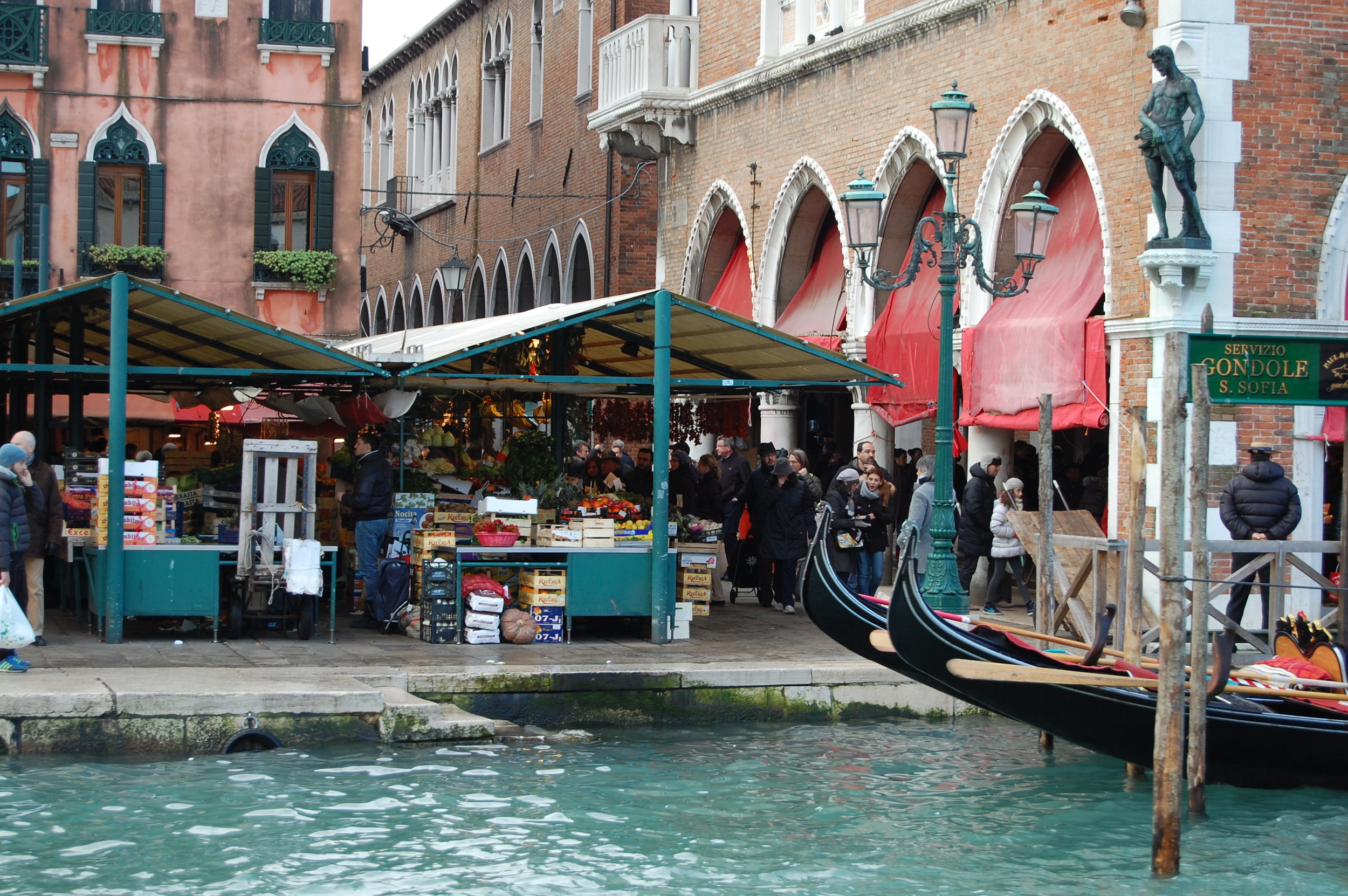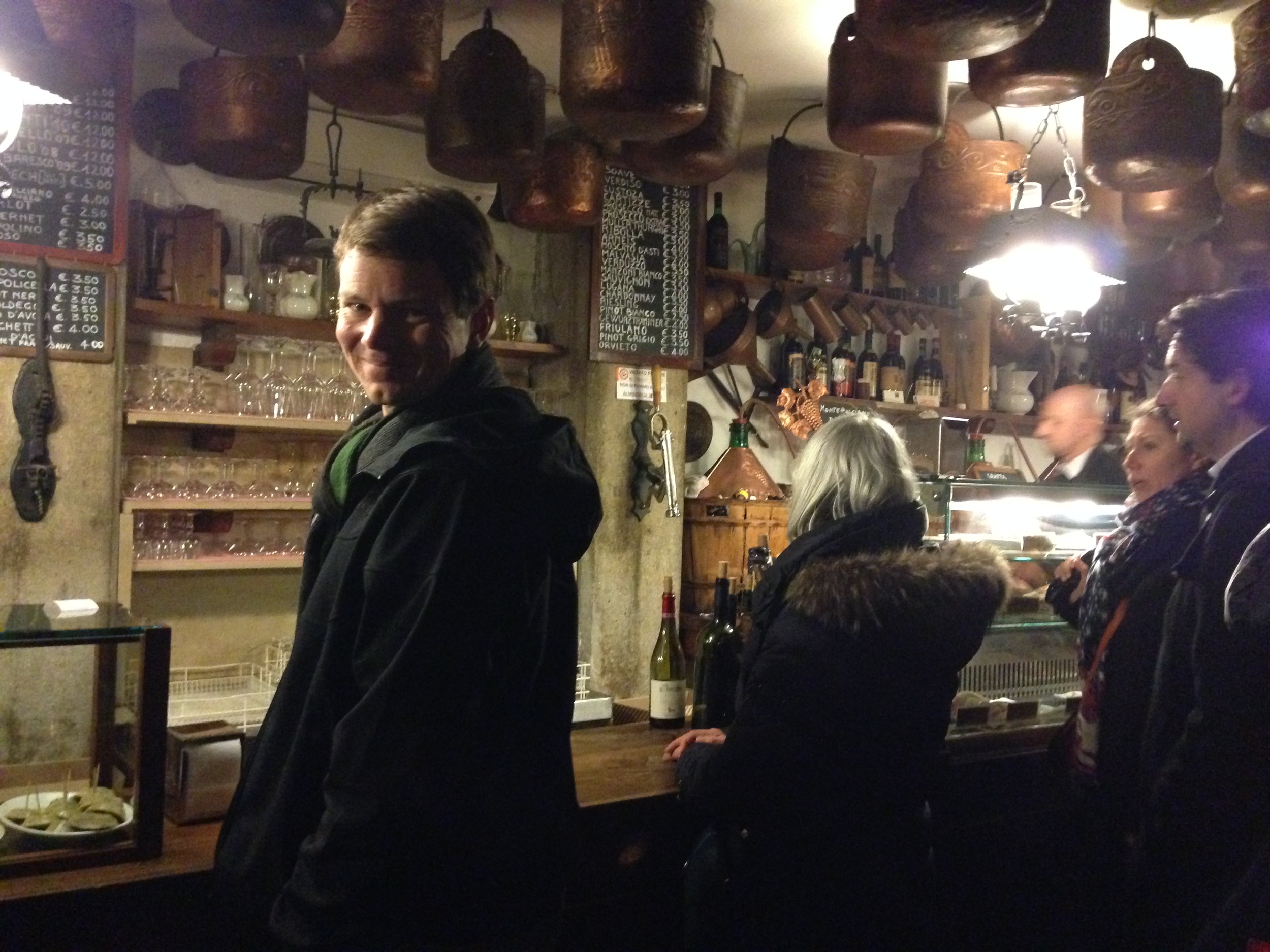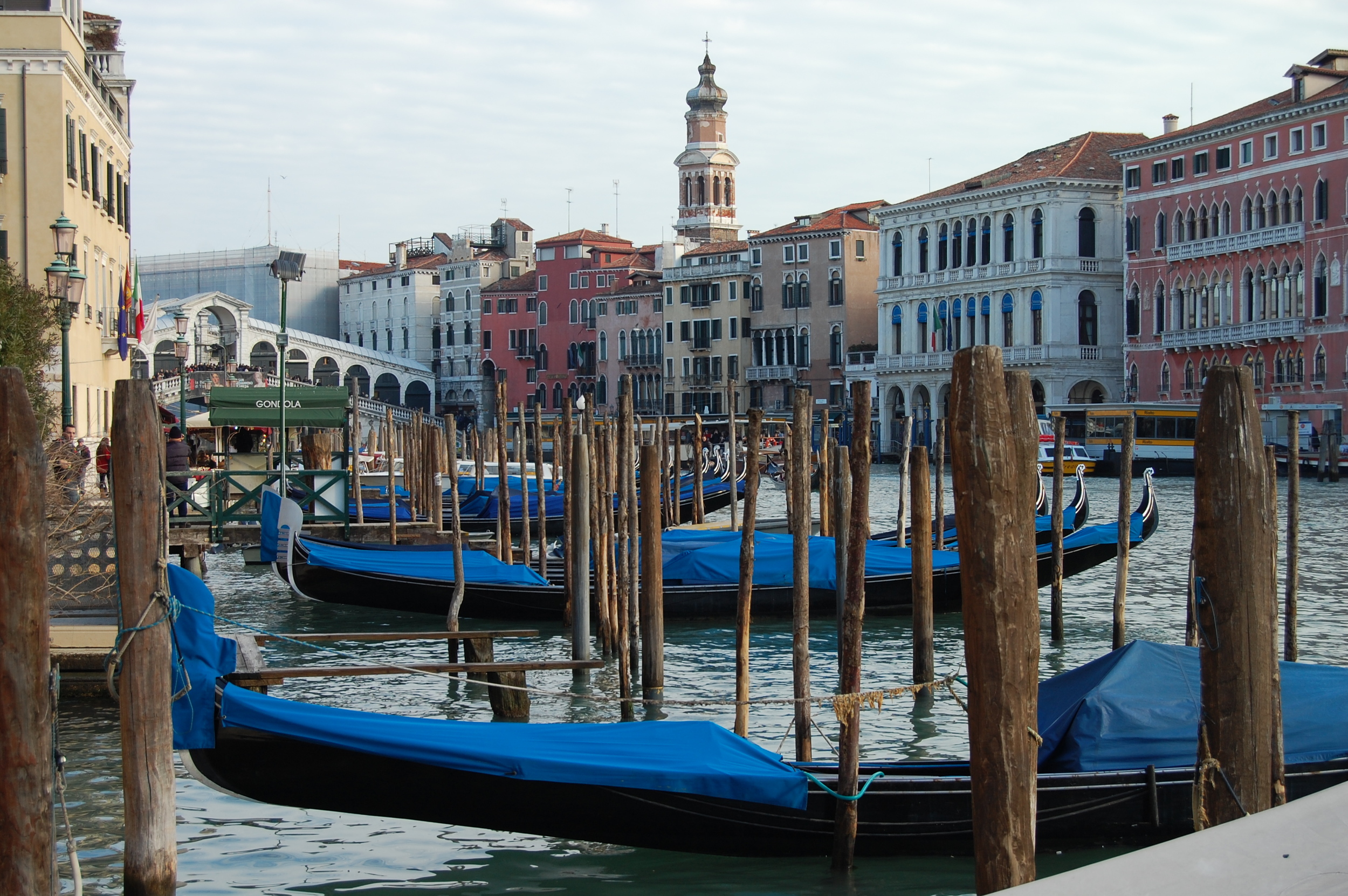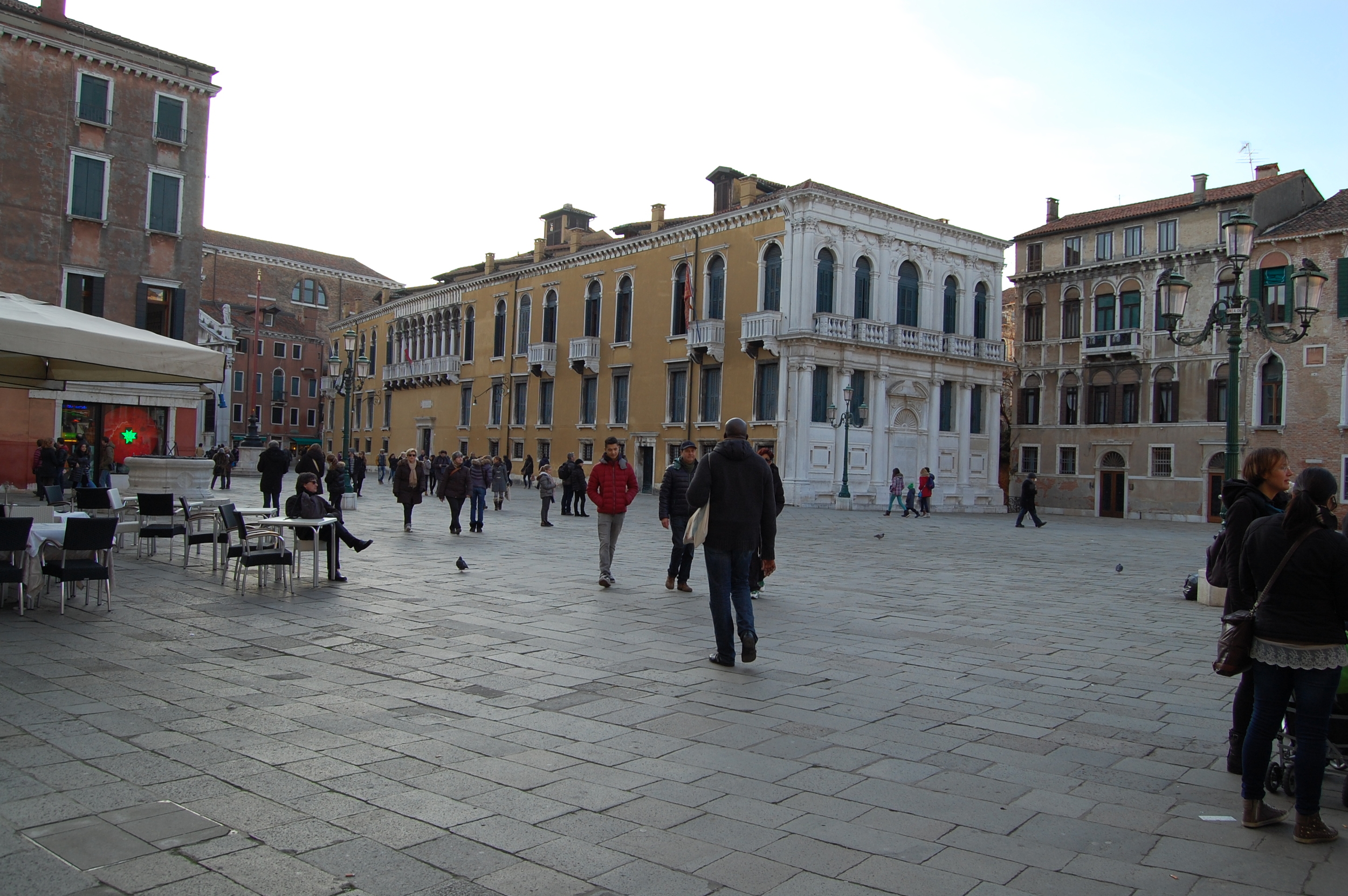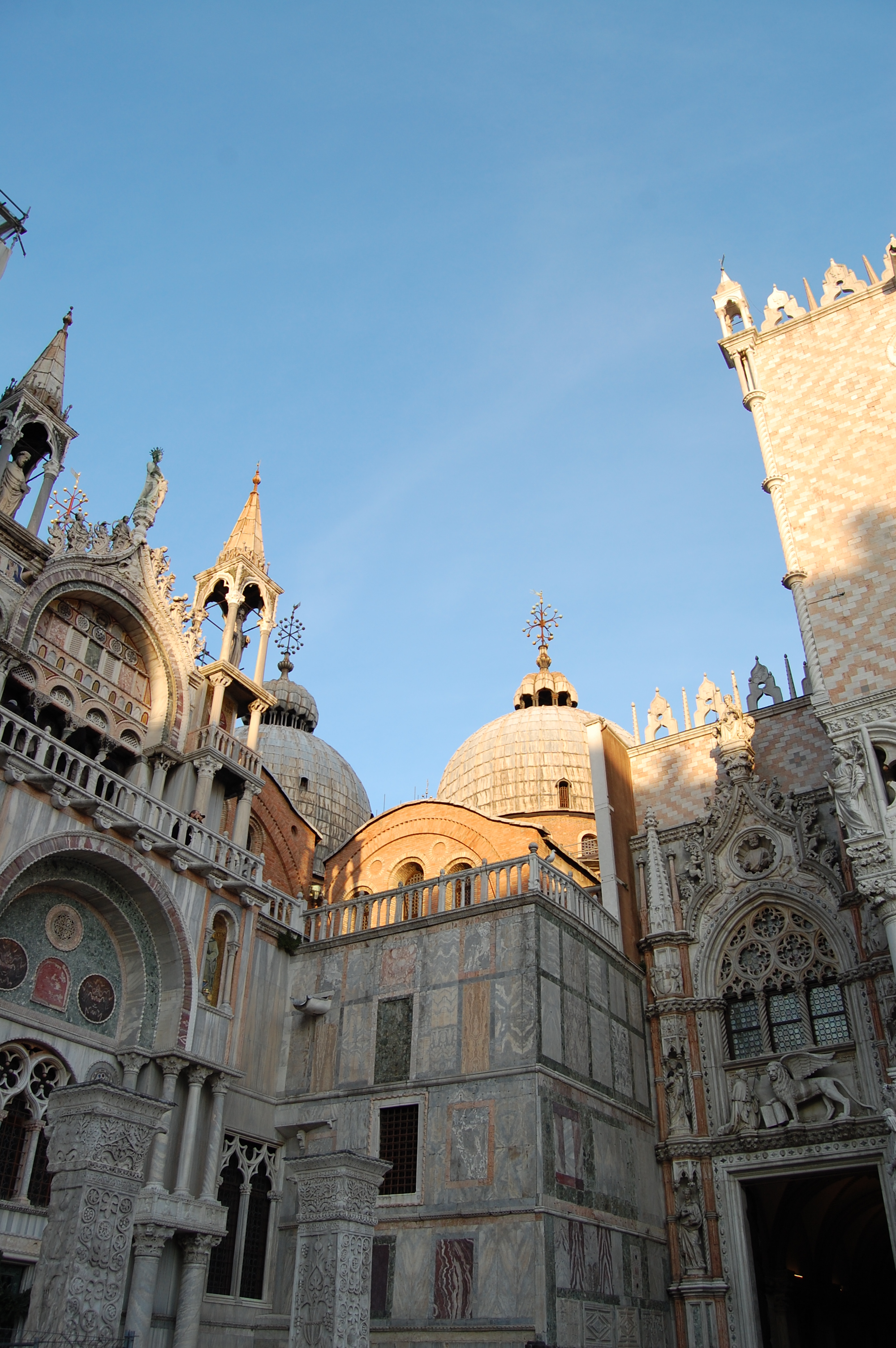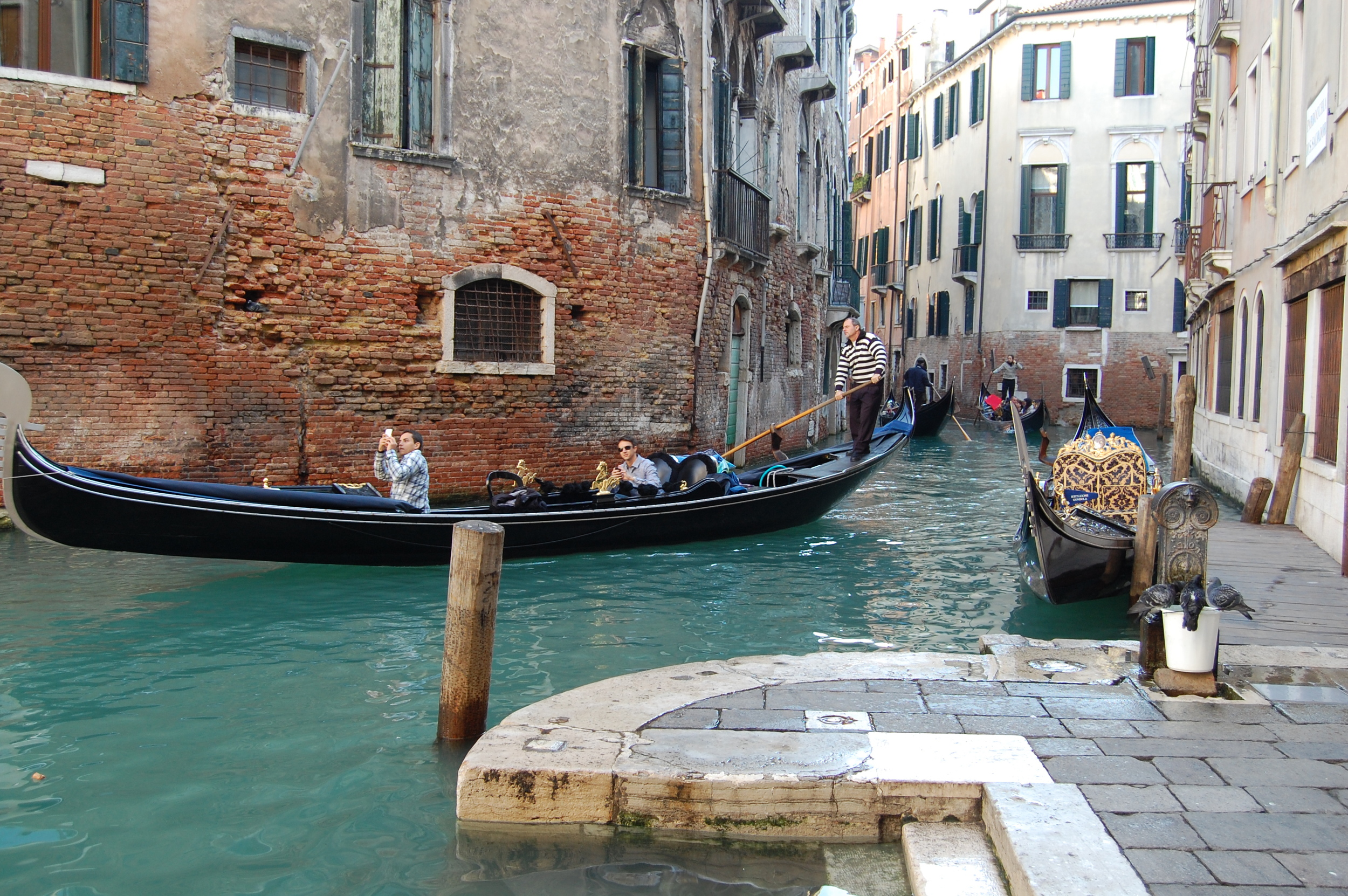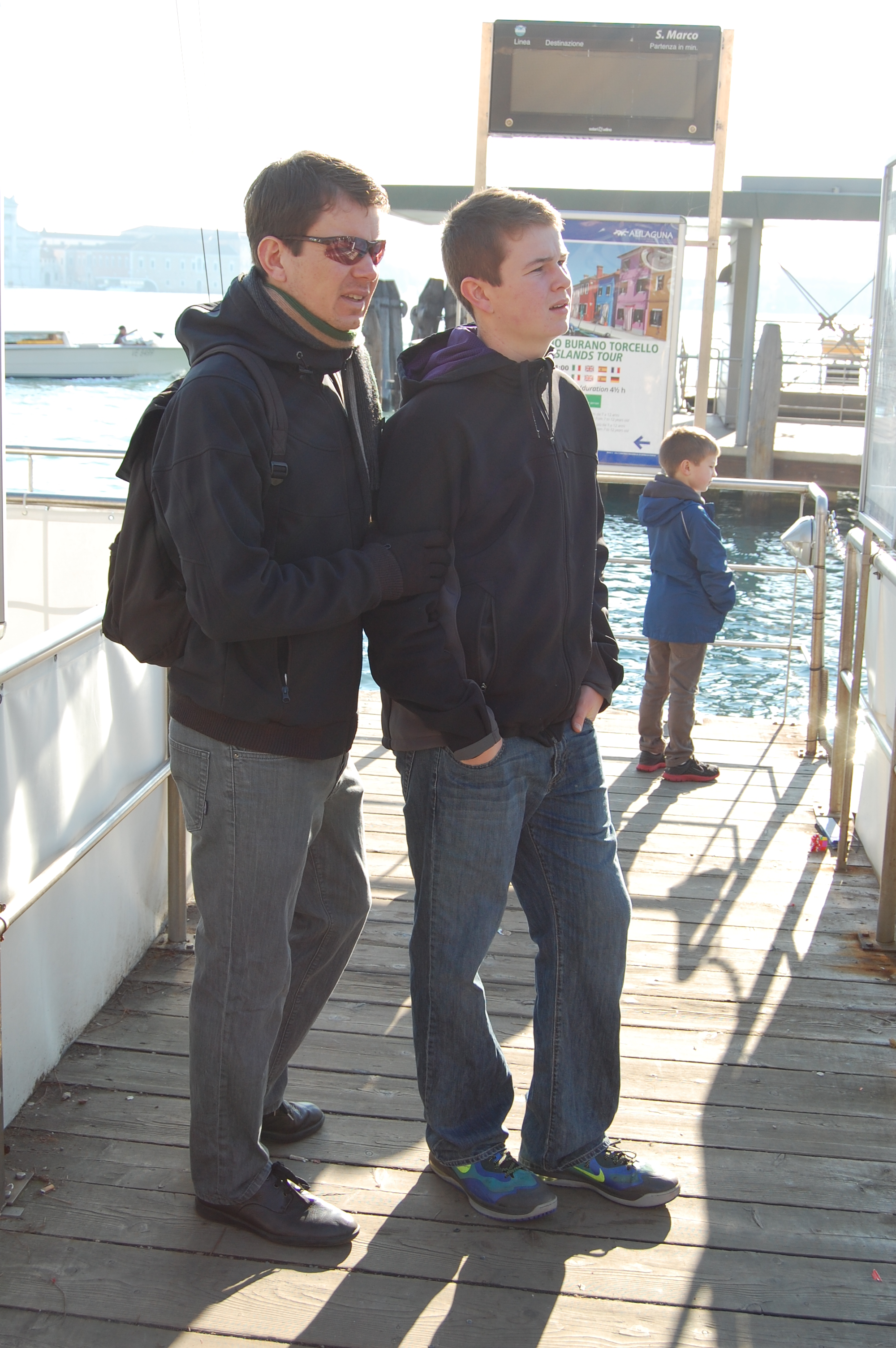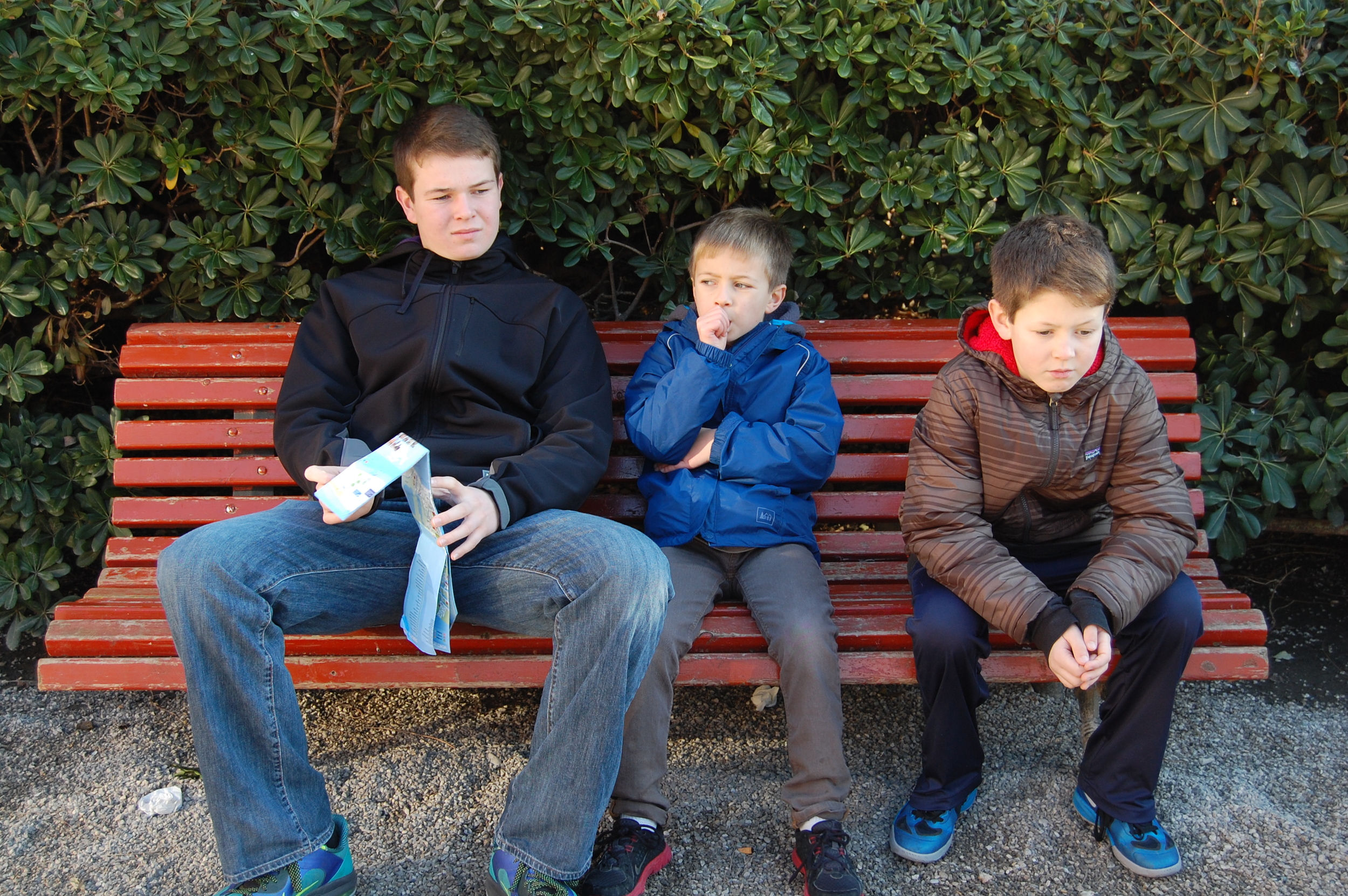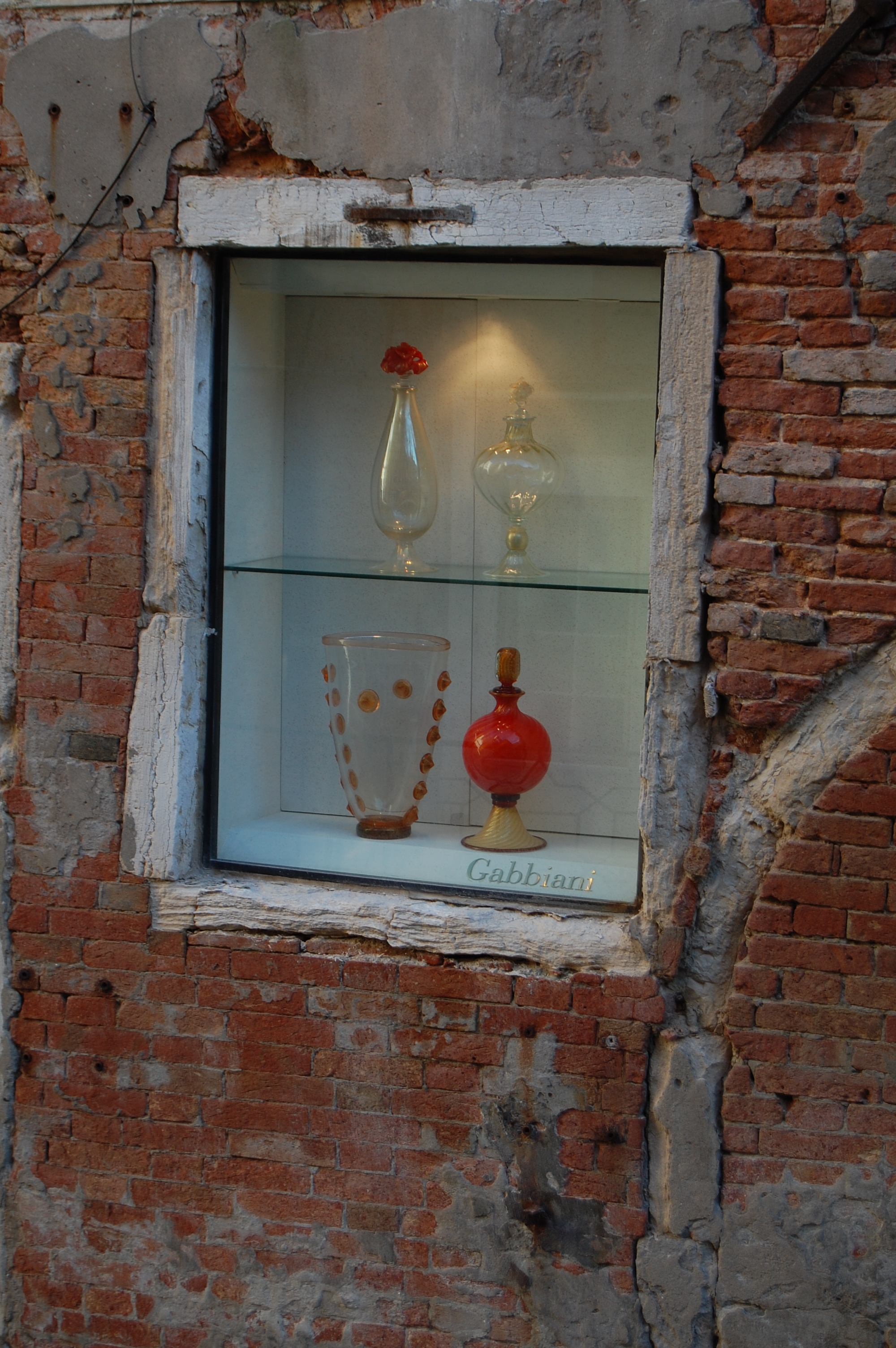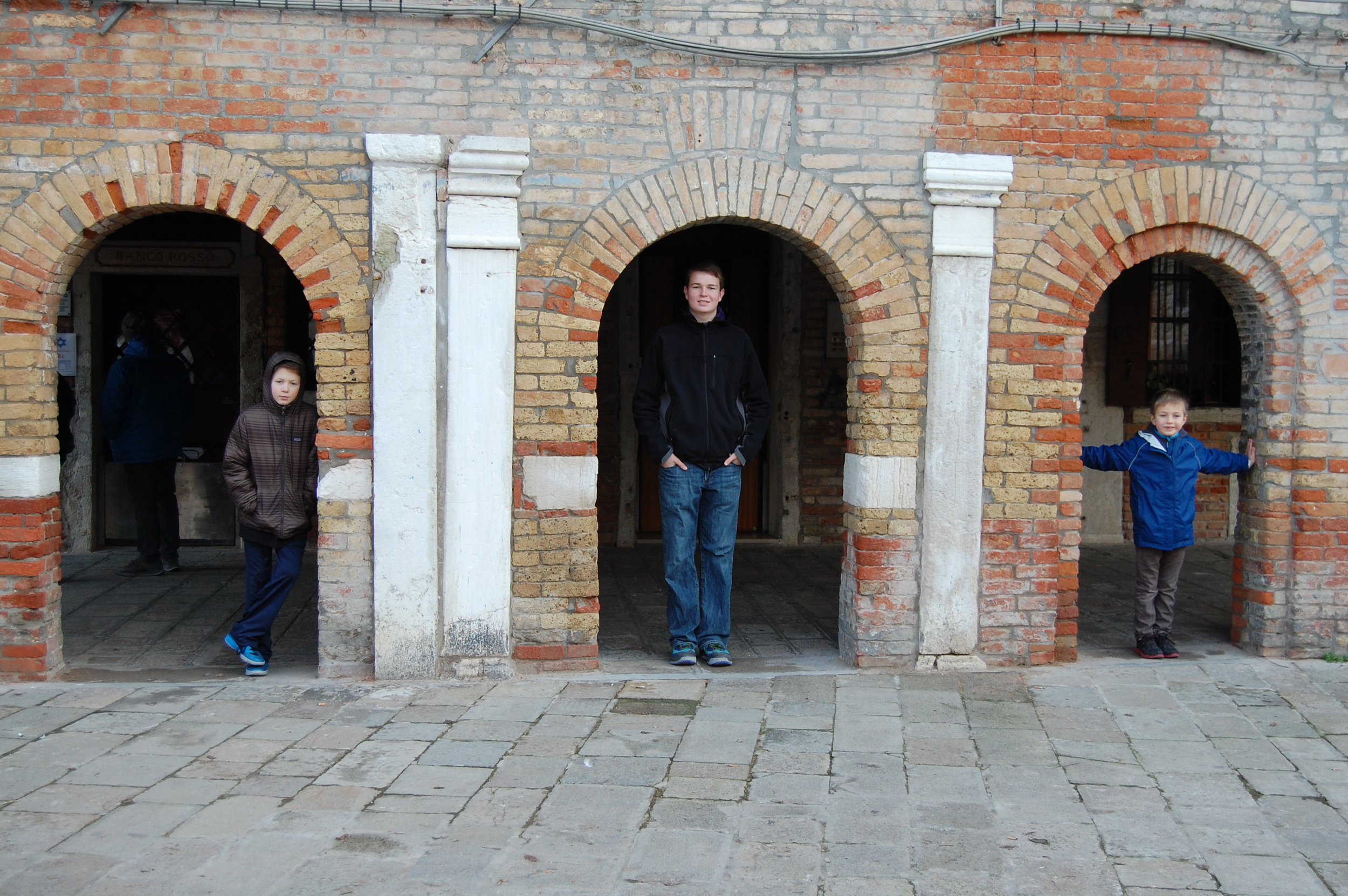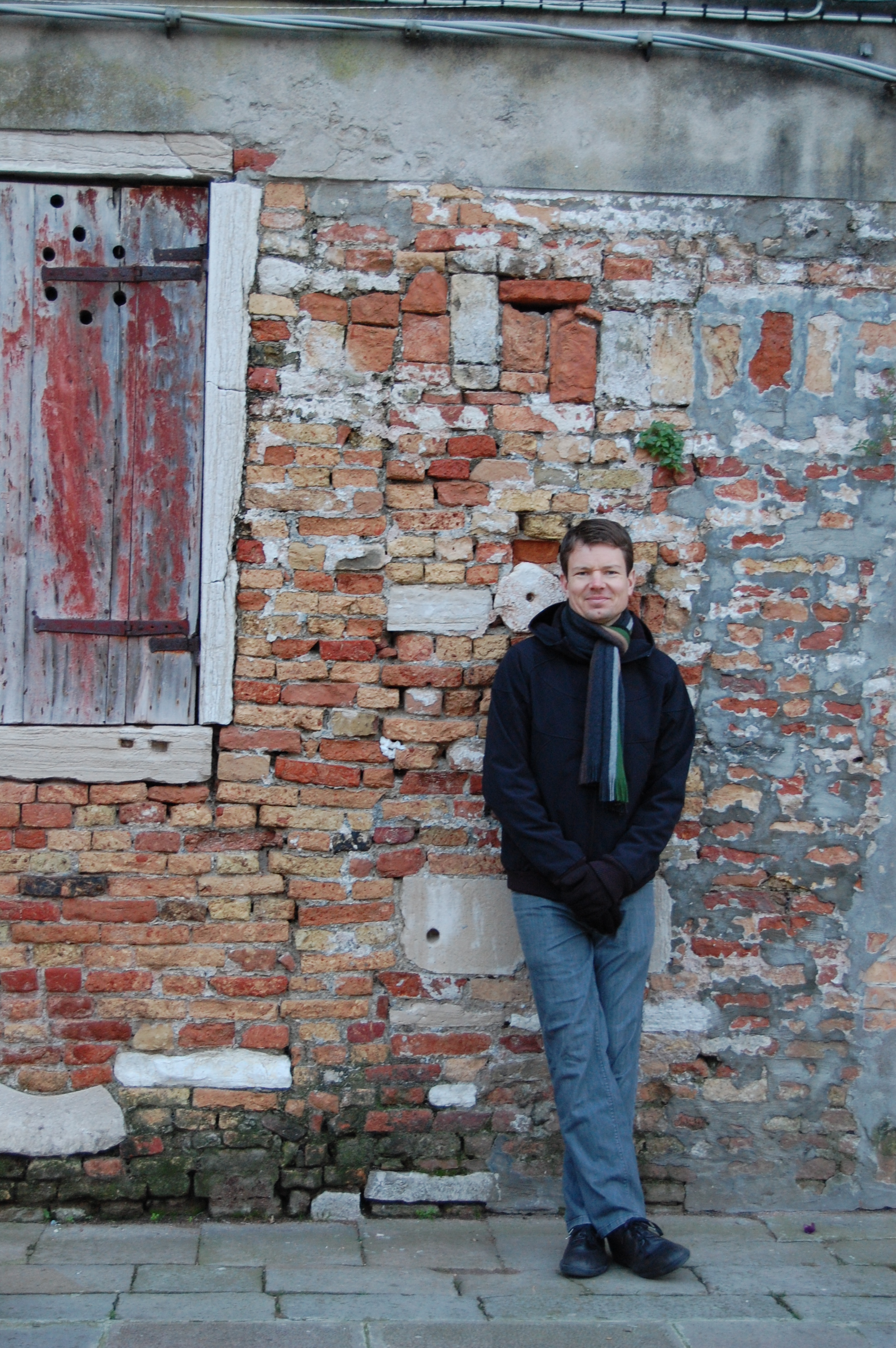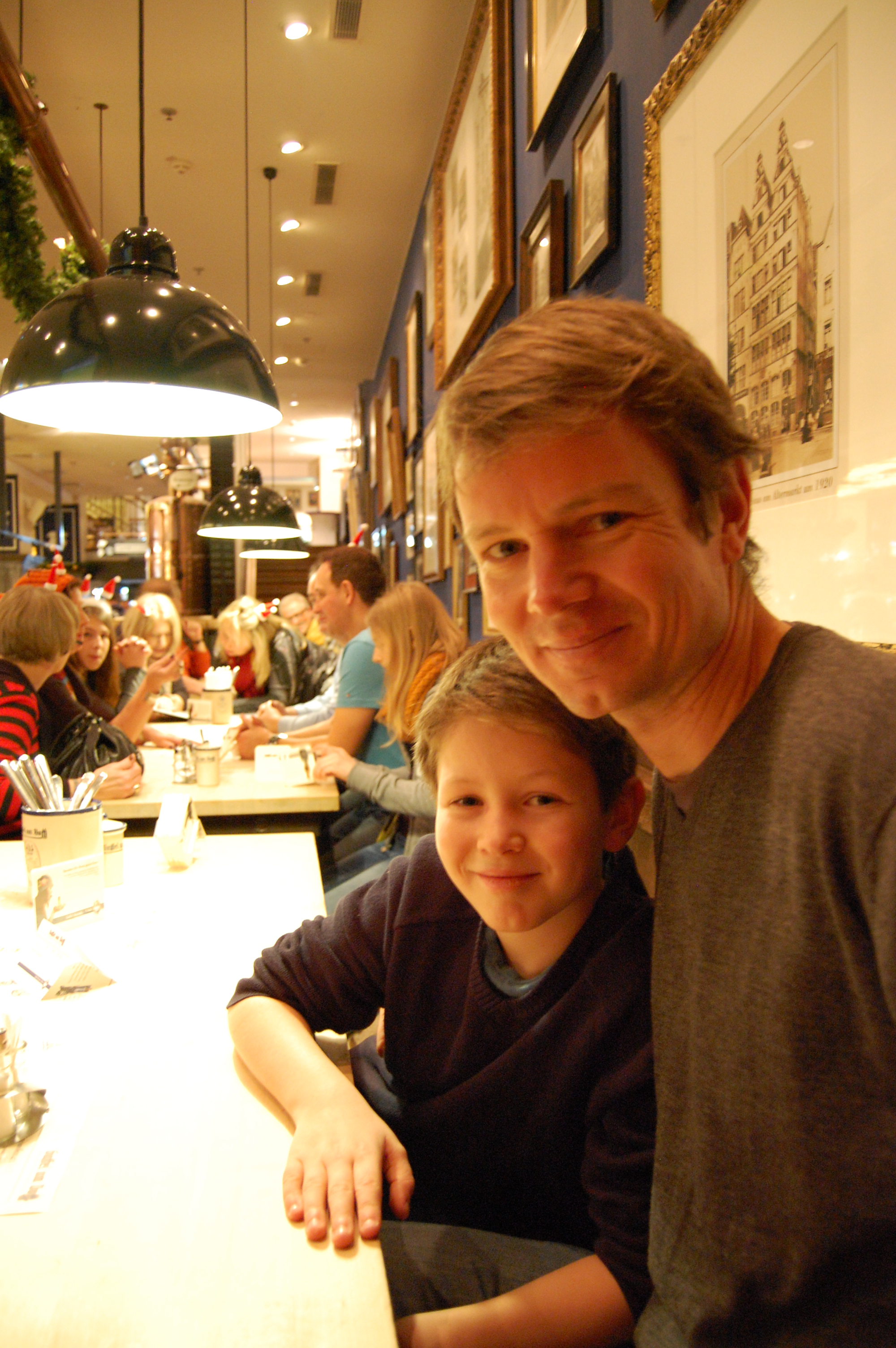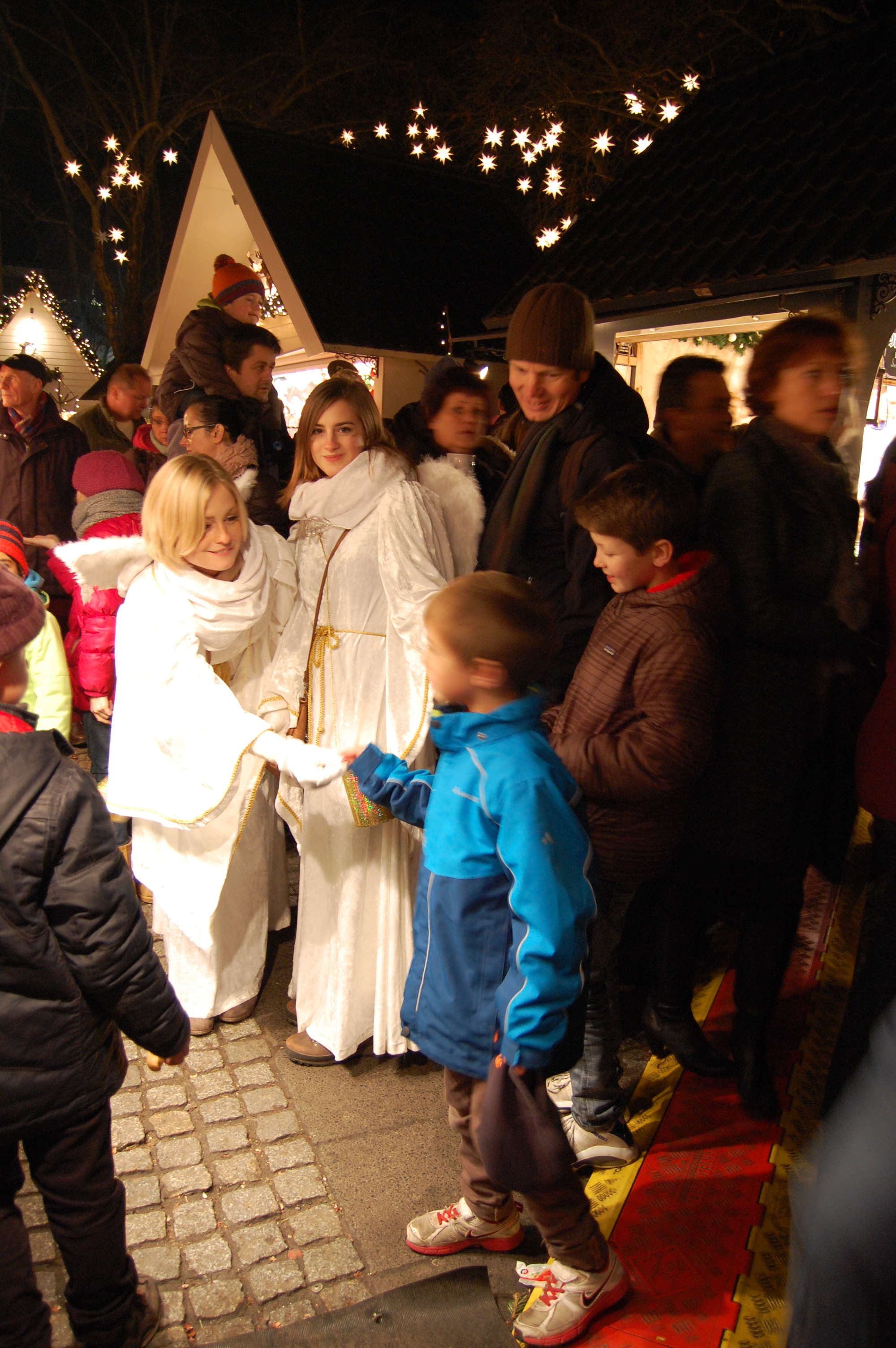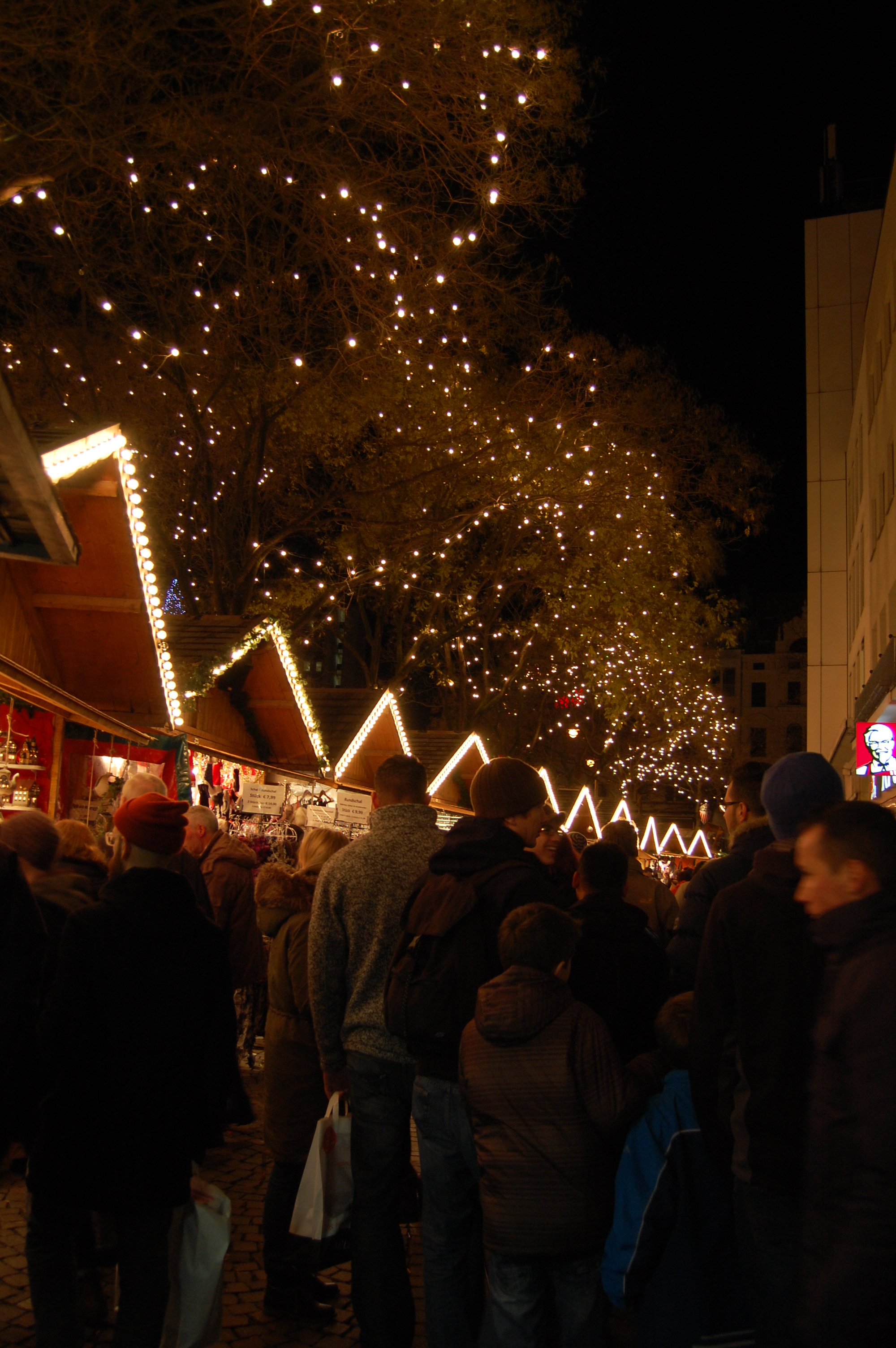Most of us love a beach. Here’s a summer beach holiday worth looking into if …
1. “Unspoilt” is not a scary word. Zahara de los Atunes is on 20 km of white sandy beautiful coastline along the Atlantic (Costa de la Luz) in Southwest Spain without a through road and still free of high rise condos. It is much less well known than the popular with Brits, highly developed area of the Costa del Sol on the Mediterranean.
2. You lean towards authentic and away from resort. Zahara is a true beach destination not a glammed up resort town catering to sun seeking Europeans. You’ll find way fewer sunbeds per capita, but have more chance of soaking up the culture. (And feel completely safe I might add as an American woman traveling alone with her children.) Google it and you’ll see that most of the available information/reviews are in Spanish. We literally heard a language other than Spanish only a handful of times.
3. Laying on a beach qualifies as an activity. Trip Advisor lists 5 activities you can do in Zahara and all of them are located on the beach. Flying a kite is one of them.
4. You underpacked. Shorts, tee-shirts, flip flops, tanning lotion, and bikini top (optional). If anywhere in Zahara had a dress code, no one was abiding it. You can even drip dry while eating lunch in the sand at one of the beach shack chiringuitos, which you will definitely want to do because you should miss no meal while in Zahara.
5. You have hyper sensitive feet. Beautiful clear sand combined with winds to keep it cool mean you can look cool getting from beach towel to the water’s edge.
6. You have modest surfing aspirations. The wind was good enough for body surfing (without significant undertow), but didn’t seem strong enough for surfing. Most serious surfers go 30 km further south to Tarifa.
7. You’ve seen photos of beach running in Runner’s World and made a plan. Zahara’s one main beach is wide, flat and 9 km long – a dream beach for walking or running at low tide. With a beach that long, you also won’t feel bad about carving out your own full size beach volleyball/soccer pitch.
8. You like tuna. Zahara is the tuna capital of the world and it’s served on every menu, but the preparations are even more varied and delicious than you could imagine. Red tuna is the specialty.
9. You like to walk to tuna. There are 70 or so restaurants in Zahara, all within walking distance. You don’t have to be choosy as the eating is categorically amazing and affordable. The driving and parking is less than amazing, so leave your car as soon as you arrive.
10. You probably already live in Europe. Zahara remains “unspoilt” in part because it’s not easy to access. Only small planes, most coming from Madrid, fly into the airport of Jerez which is a little more than an hour’s drive to Zahara. The next nearest airport is in Seville.
11. You’ve been to Barcelona and now have a thing for Spain. Zahara will only make you like it that much more.









